Before I arrived in Chengdu, I knew only of the pandas. That was it.
It was a stop along the way — coming off a section of the Trans-Siberian between Ulaanbaatar and Beijing, followed by time in Qingdao and Huangdao with an old friend. I hadn’t given it much thought beyond being a place to eat hotpot and see the giant pandas in their misty enclosures.

But Chengdu had other plans.
Within days, I was walking through ancient alleyways with locals, drinking strong tea in hidden teahouses, and navigating street markets where vendors grinned as they tossed skewers onto open flames. Friends of friends took me to places I never would have found alone — lanes lined with mahjong tables, parks alive with spontaneous dancing, and hole-in-the-wall eateries serving the best Sichuan dishes I’ve ever eaten.
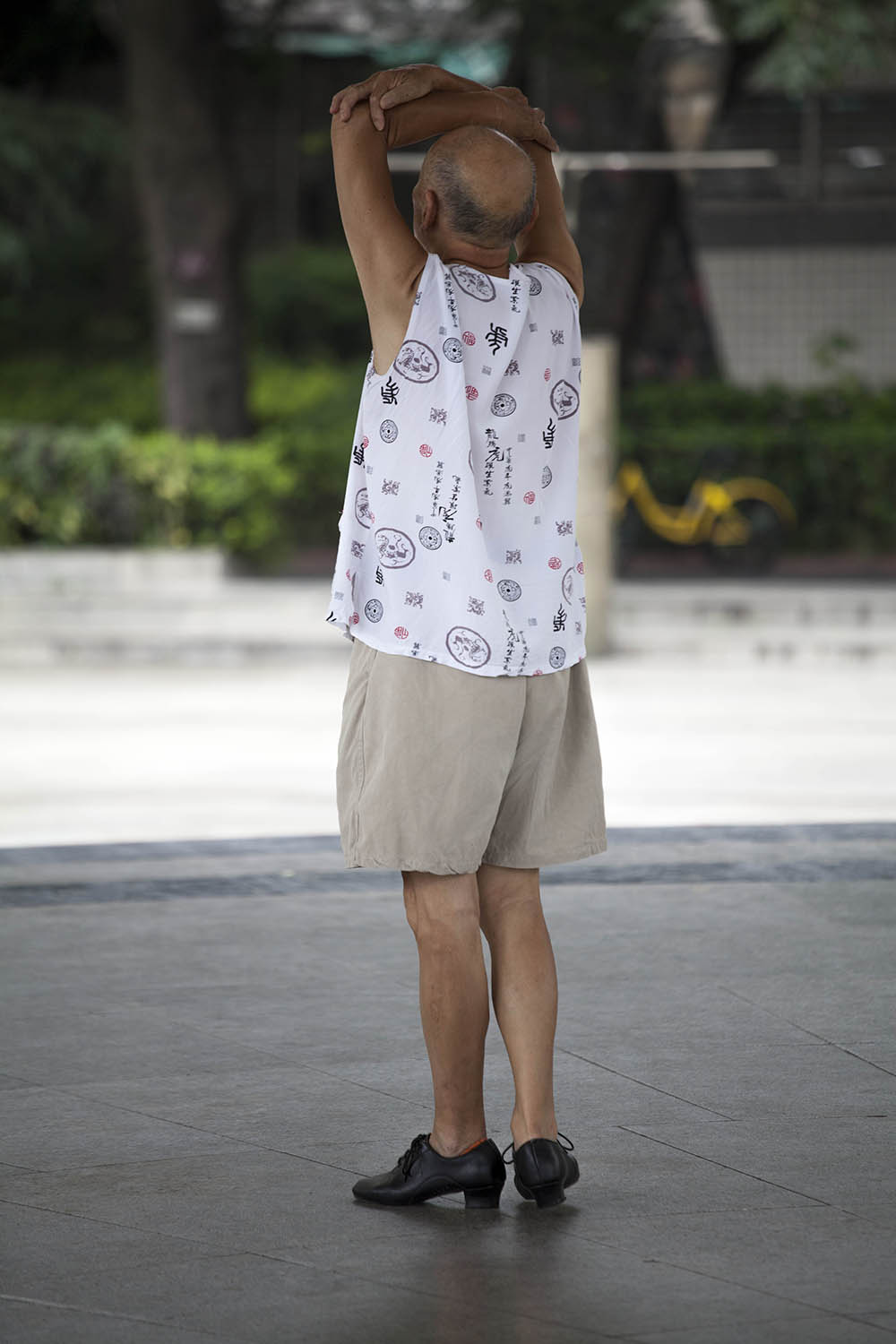
What I expected was a quick city break; what I found was a place that quietly demands you stay longer.
This guide isn't just a list — it’s the best of what I discovered, shaped by days spent wandering, eating, and seeing Chengdu through the eyes of those who live there. Whether you're here for the pandas, the food, or just passing through, these are the things to do in Chengdu worth your time.
Note: While most recommended activities are within Chengdu, some of them lie just outside the city — usually a quick train ride away.
Disclosure: This article contains affiliate links. If you make a purchase through these links, I may earn a small commission at no extra cost to you. Thank you for supporting my blog!
Save this article for future reference!
Why Visit Chengdu?
Chengdu doesn’t scream for attention. It doesn’t have Beijing’s imperial grandeur or Shanghai’s futuristic skyline. But that’s precisely why it’s worth your time.
This is a city that moves at its own pace — where locals spend hours sipping tea in open-air parks, where hotpot steam fills the air late into the night, and where history isn’t just preserved in museums but woven into daily life.
It’s the heart of Sichuan Province, home to China’s boldest cuisine, a deep-rooted tea culture, and a lifestyle so relaxed that even the government officially recognises it as a ‘slow-paced’ city.
If you’re looking for a place that balances urban energy with a laid-back atmosphere, Chengdu delivers.
A Glimpse into Chengdu’s Rich Culture
Culture here isn’t confined to temples and museums — it’s alive in the streets and on the water.
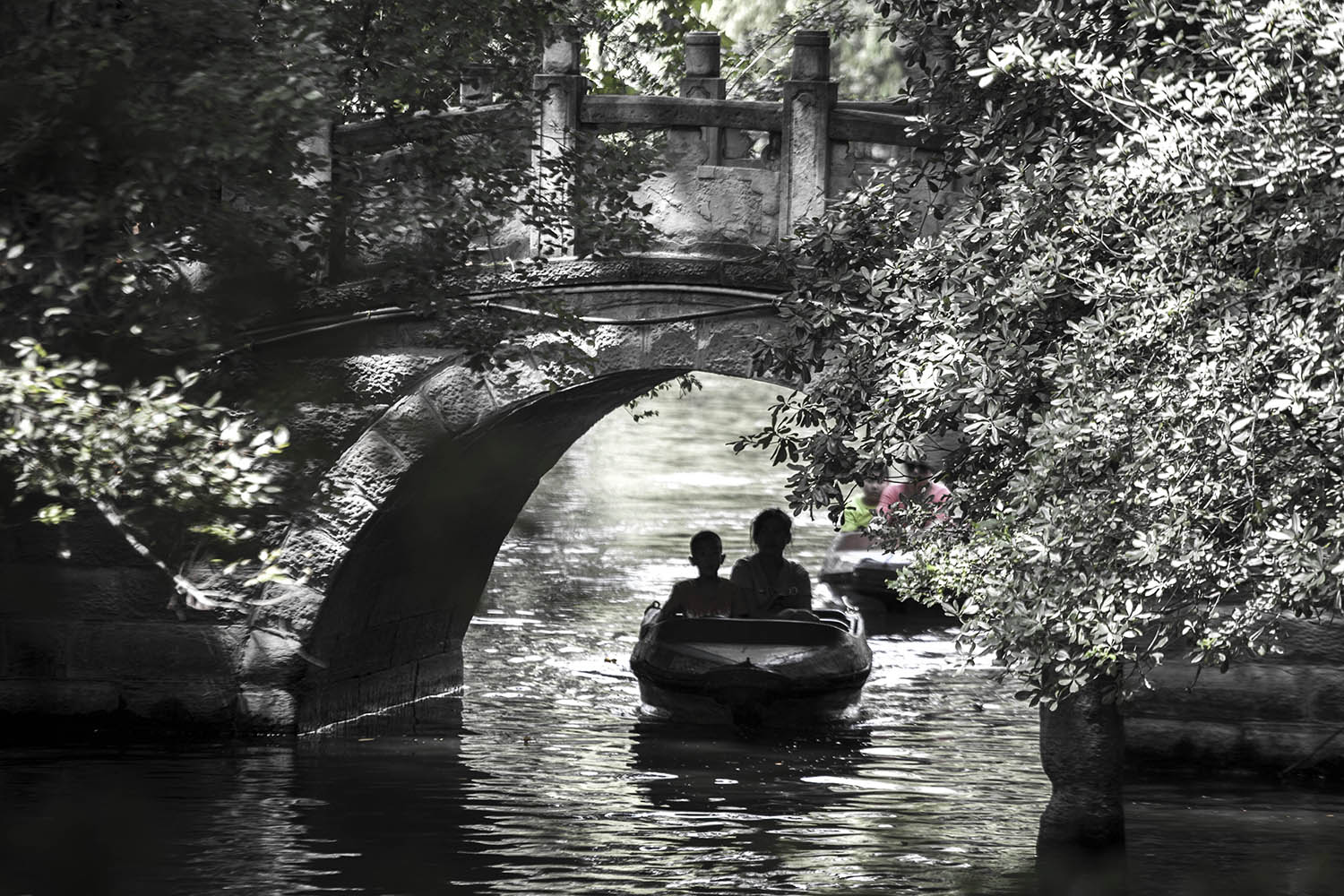
Walk through People’s Park, and you’ll see retirees practicing calligraphy with water brushes on the pavement. At night, Sichuan opera performers dazzle audiences with face-changing magic.
The tea houses? They’ve been around for centuries, and they’re still where locals go to talk, argue, and unwind.
Chengdu doesn’t put on a show — it just is.
Chengdu’s Famous Food Scene
Forget everything you thought you knew about spicy food. Sichuan cuisine isn’t just hot — it’s layered, complex, and addictive.
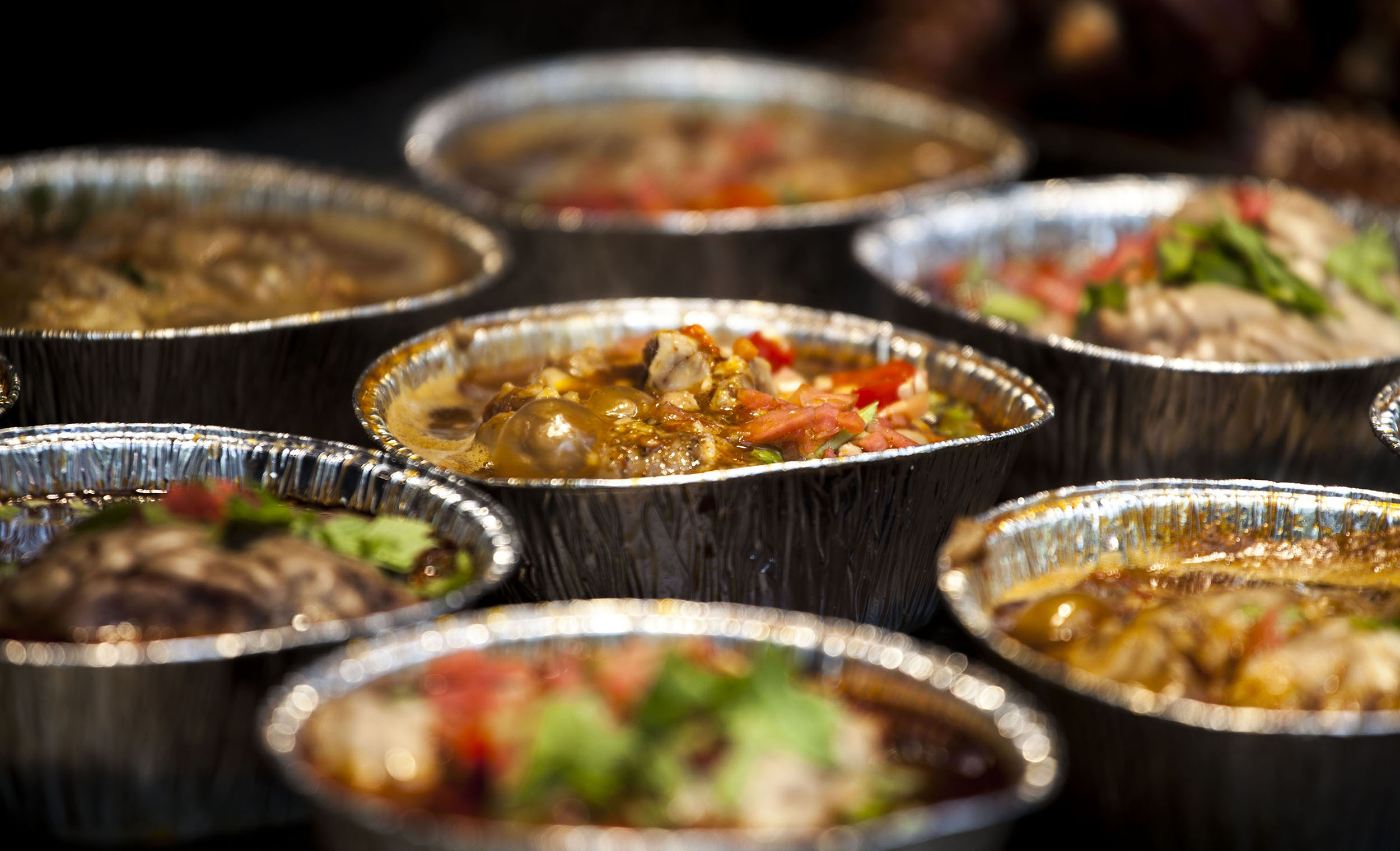
The numbing sensation from málà (Sichuan peppercorn) is something you have to experience to understand. Whether it’s a bubbling hotpot, a plate of mouth-watering dan dan noodles, or rabbit’s head (yes, really) from a late-night street stall, Chengdu’s food is a full sensory experience.
Top Things to Do in Chengdu
Chengdu is more than just pandas — though, yes, you should see them. From fiery street food to hidden tea houses, ancient temples to neon-lit nightlife, this city rewards those who take the time to explore beyond the obvious.
1. See the Giant Pandas at Chengdu Research Base of Giant Panda Breeding
I expected to be impressed, but nothing prepared me for how mesmerising it is to watch pandas up close.
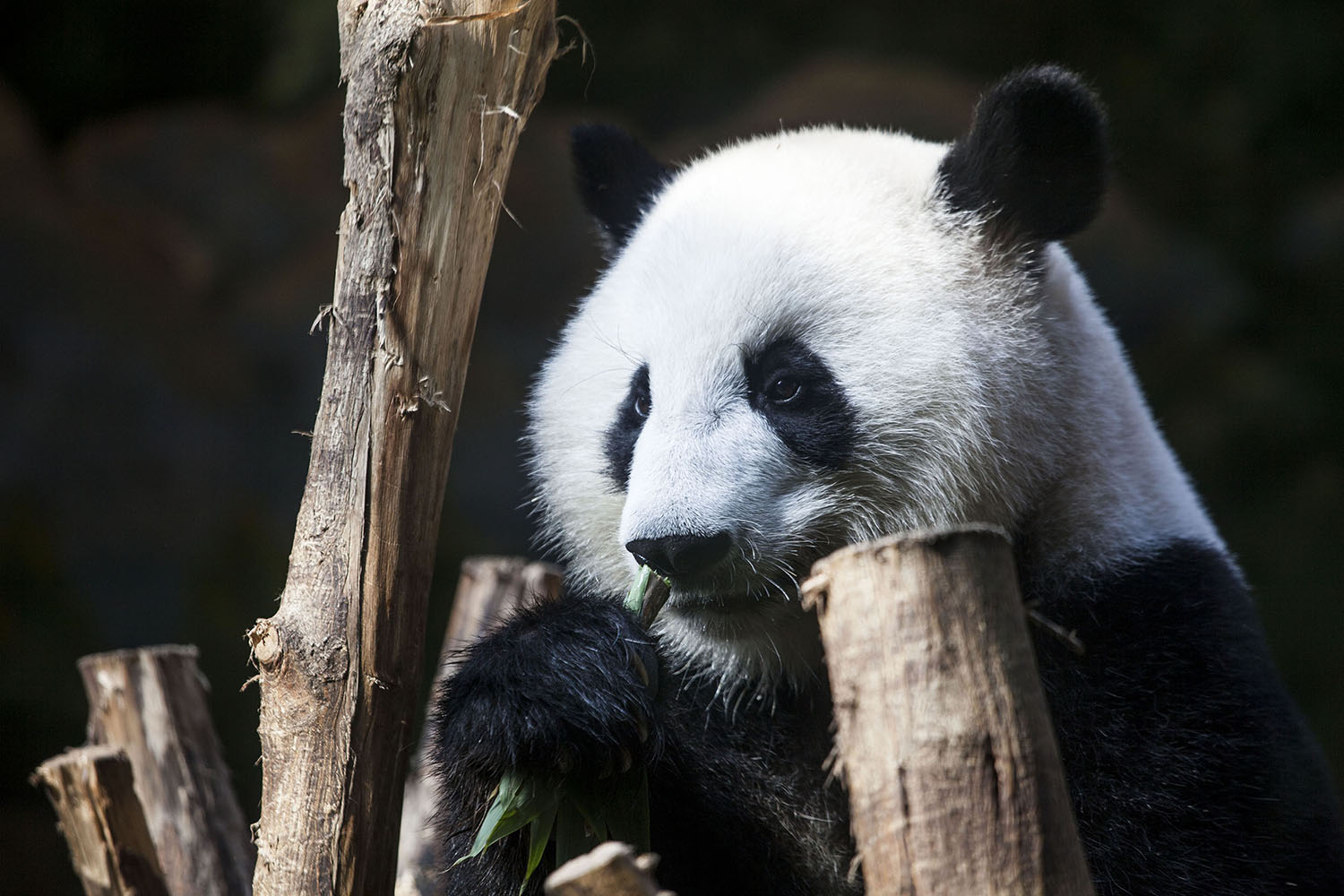
They aren’t just cute — they have personalities. Some lazed on their backs, clutching bamboo with lazy determination, while others wrestled like clumsy toddlers.
The baby pandas in the incubators were a highlight — tiny, fragile, and undeniably endearing. I could have watched them for hours, but the reality of visiting meant being shuffled through a queue, given only 20–30 seconds to take it all in before moving along. Still, for those few moments, it was pure magic.
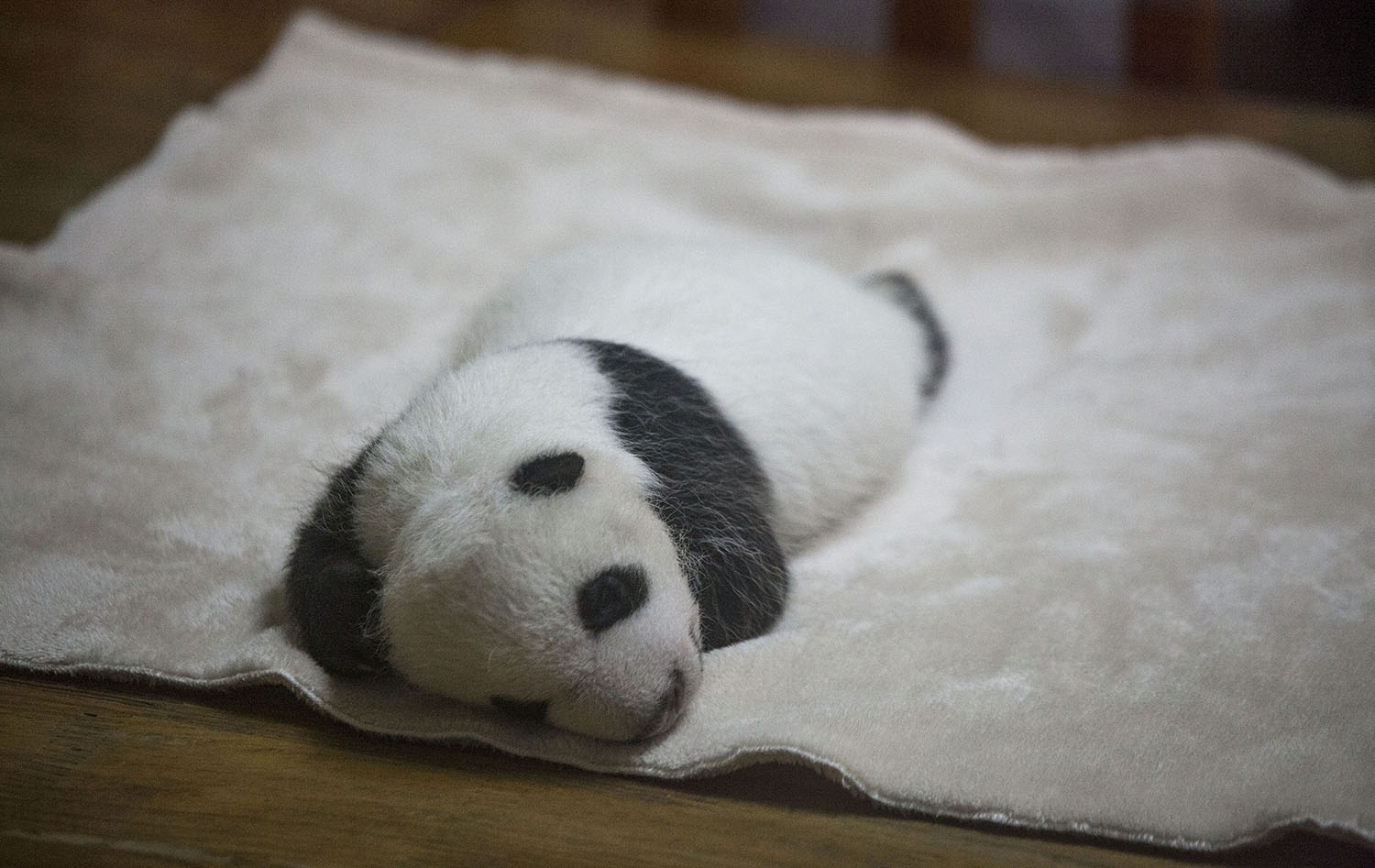
The Research Base does its best to balance conservation with tourism, and while it’s no secluded wilderness, it’s the closest most of us will ever get to these incredible animals.
2. Stroll Through the Historic Jinli Ancient Street
Jinli Ancient Street is where Chengdu slows down and speeds up at the same time.
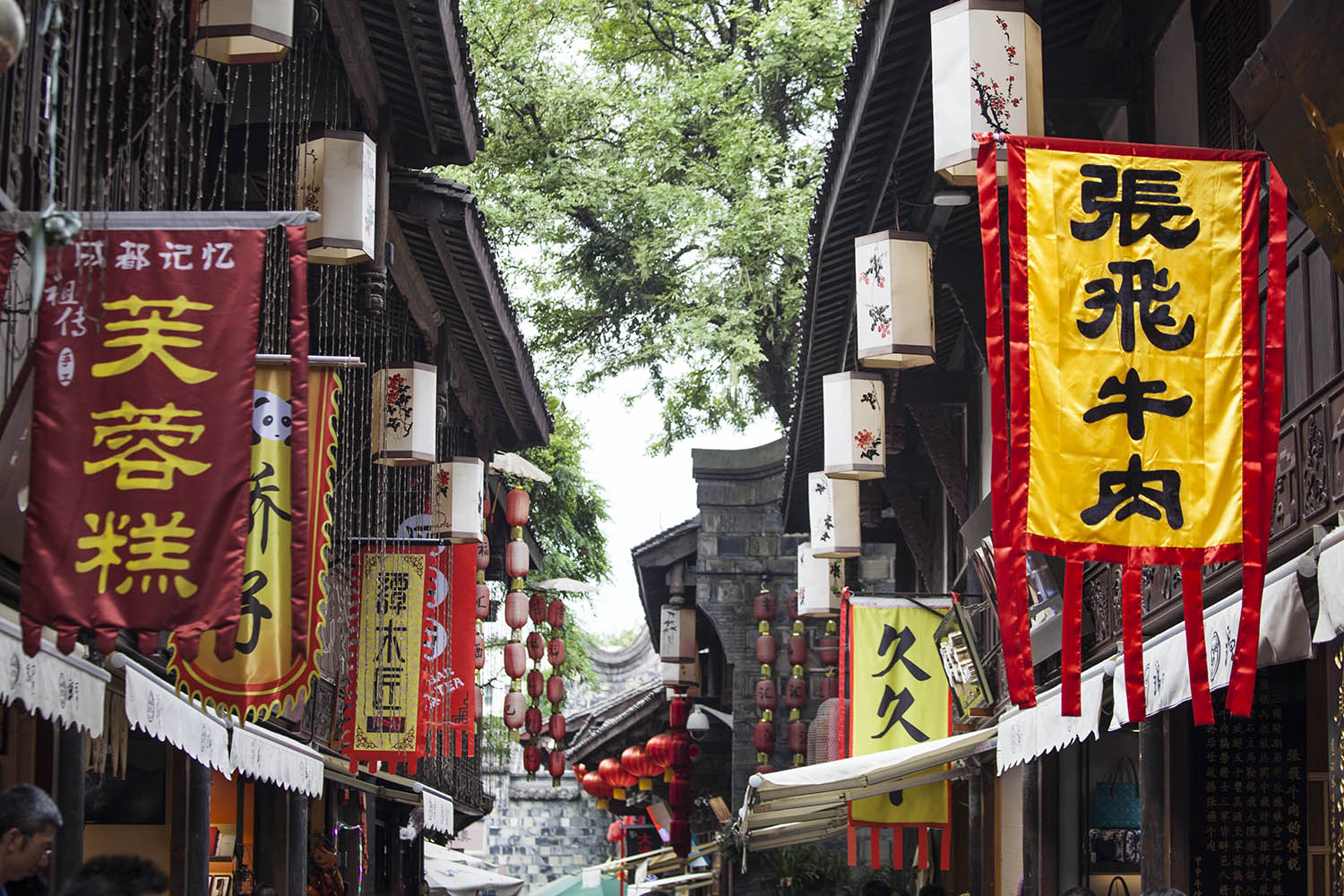
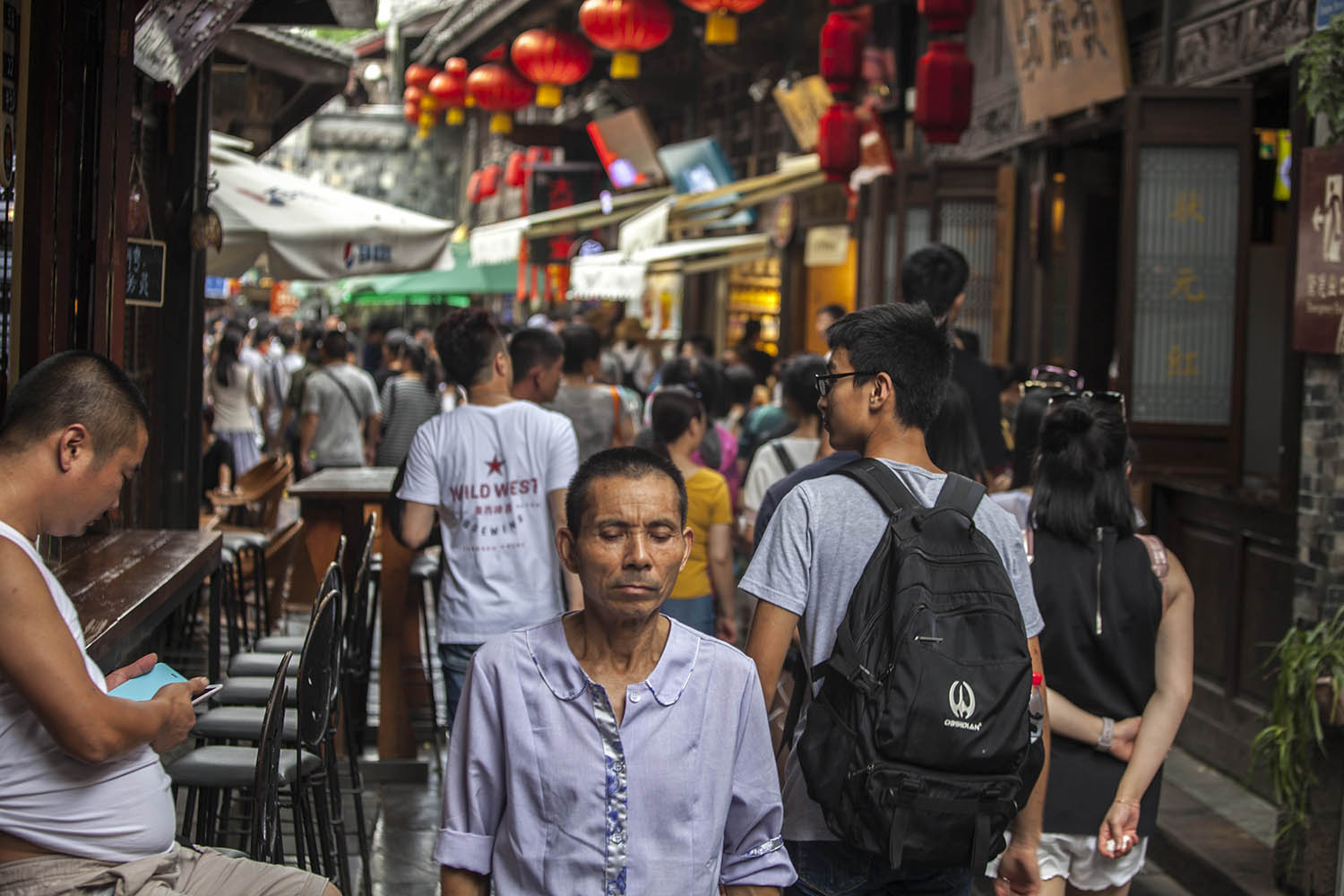
Walking through, I was hit by the scent of sizzling skewers, the hum of Sichuan opera drifting from tucked-away courtyards, and the glow of red lanterns bouncing off centuries-old wooden facades. Vendors lined the narrow alleyways selling everything from hand-painted masks to sugary dragon-shaped candies.
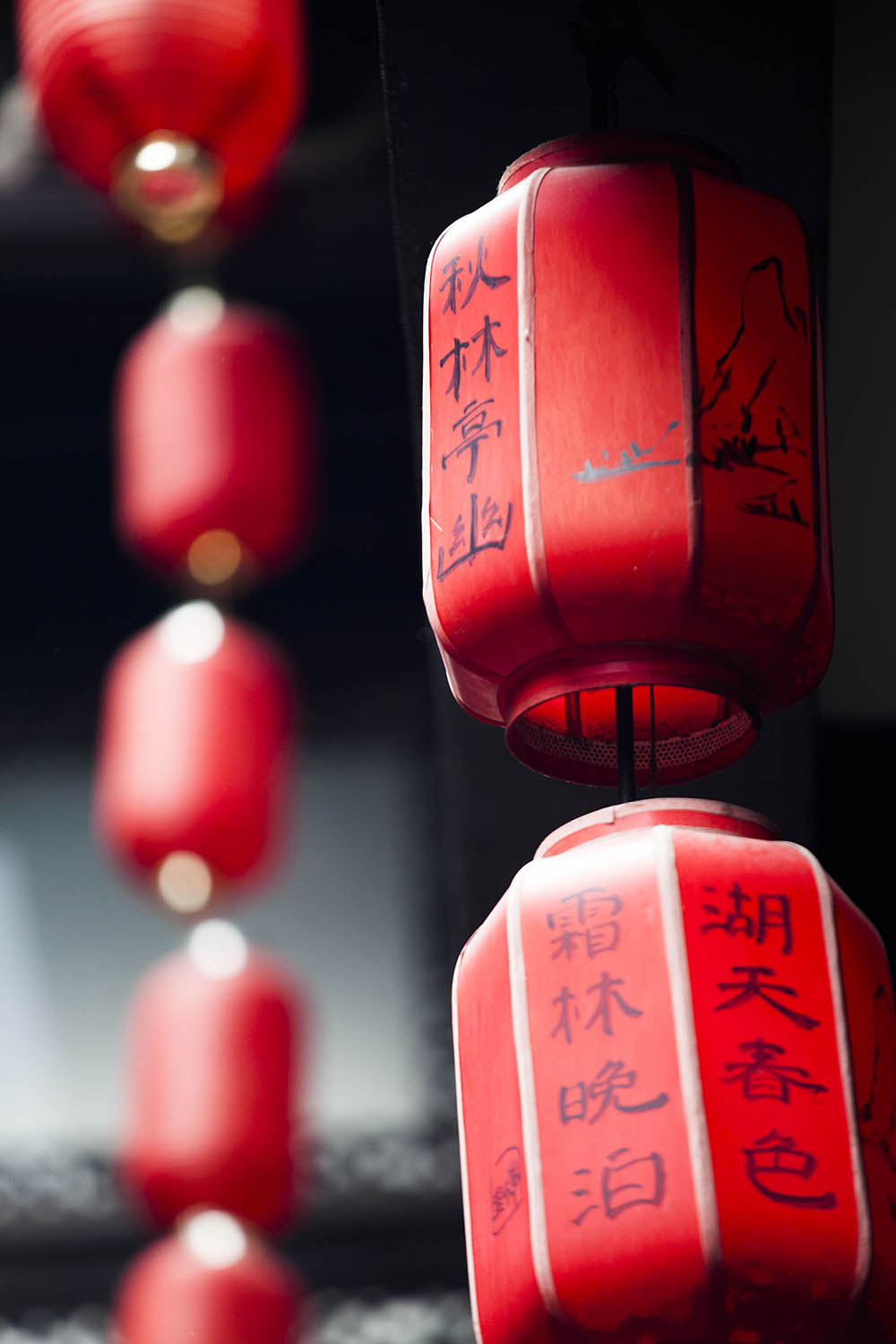
Touristy? Yes. But beneath the crowds, the old soul of Chengdu lingers — especially if you wander beyond the busiest stretch and find a quiet teahouse where time seems to pause.
3. Explore Kuanzhai Alley (Wide and Narrow Alleys)
Kuanzhai Alley is one of those places where Chengdu’s past and present collide.
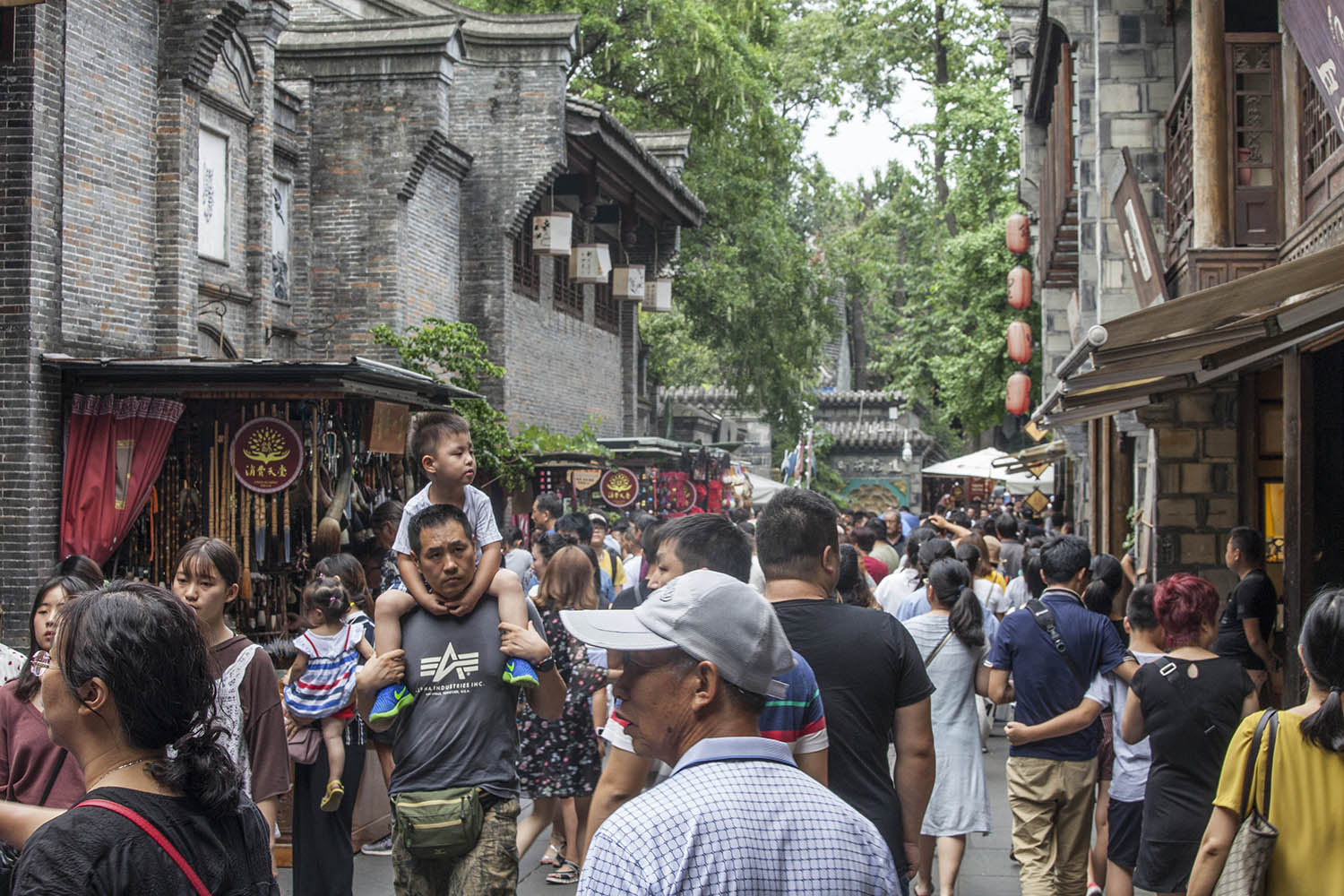
I wandered through its three parallel lanes — Wide, Narrow, and Well Alley — each offering a different slice of the city’s history.
The Wide Alley felt the most traditional, lined with well-preserved Qing Dynasty courtyards where teahouses, boutique hotels, and quiet gardens create an almost meditative atmosphere. In contrast, the Narrow Alley buzzed with street food vendors, quirky bars, and the unmistakable scent of grilled skewers mixed with herbal teas. Well Alley, the most modern of the three, was filled with trendy cafes and art spaces, a nod to Chengdu’s growing creative scene.
Yes, it’s a popular tourist spot, but it’s also a window into Chengdu’s character — relaxed, flavourful, and steeped in history without being stuck in it.
If you go early in the morning, you’ll get a quieter, more atmospheric experience. But at night, the alleyways come alive with performers, shadow puppet shows, and the glow of lanterns flickering against the dark wood facades.
Entry is free, and it’s best explored on foot, ideally with plenty of snack breaks along the way.
4. Visit the Wuhou Shrine and Temple of Marquis Wu
Wuhou Shrine isn’t just a temple — it’s a deep dive into Chengdu’s history, wrapped in incense smoke and the quiet murmur of footsteps on ancient stone. Dedicated to Zhuge Liang, the legendary strategist of the Three Kingdoms era, the complex is both a tribute to history and a place where locals still come to pay respects.
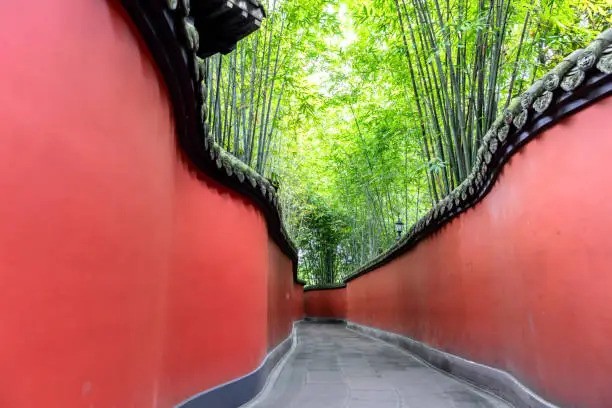
Walking through the red-walled corridors, I passed towering statues of Shu Han dynasty figures, their faces frozen in expressions of wisdom and resolve. The main hall, where Zhuge Liang and Emperor Liu Bei are honoured, felt particularly atmospheric, with candlelit altars flickering beneath massive wooden beams. Outside, the bonsai-filled gardens offered a peaceful contrast — where old cypress trees cast long shadows and stone pathways led to hidden courtyards.
The entrance fee is 50 RMB ($7 USD), and it’s best visited early in the morning before the crowds roll in.
It’s located near Jinli Ancient Street (#2, above), so it’s easy to combine both in one trip.
Whether you’re a history buff or just curious about China’s most famous strategist, Wuhou Shrine is one of those places that lingers in your mind.
5. Relax at People’s Park & Experience Local Tea Culture
People’s Park is a breathing slice of Chengdu life.
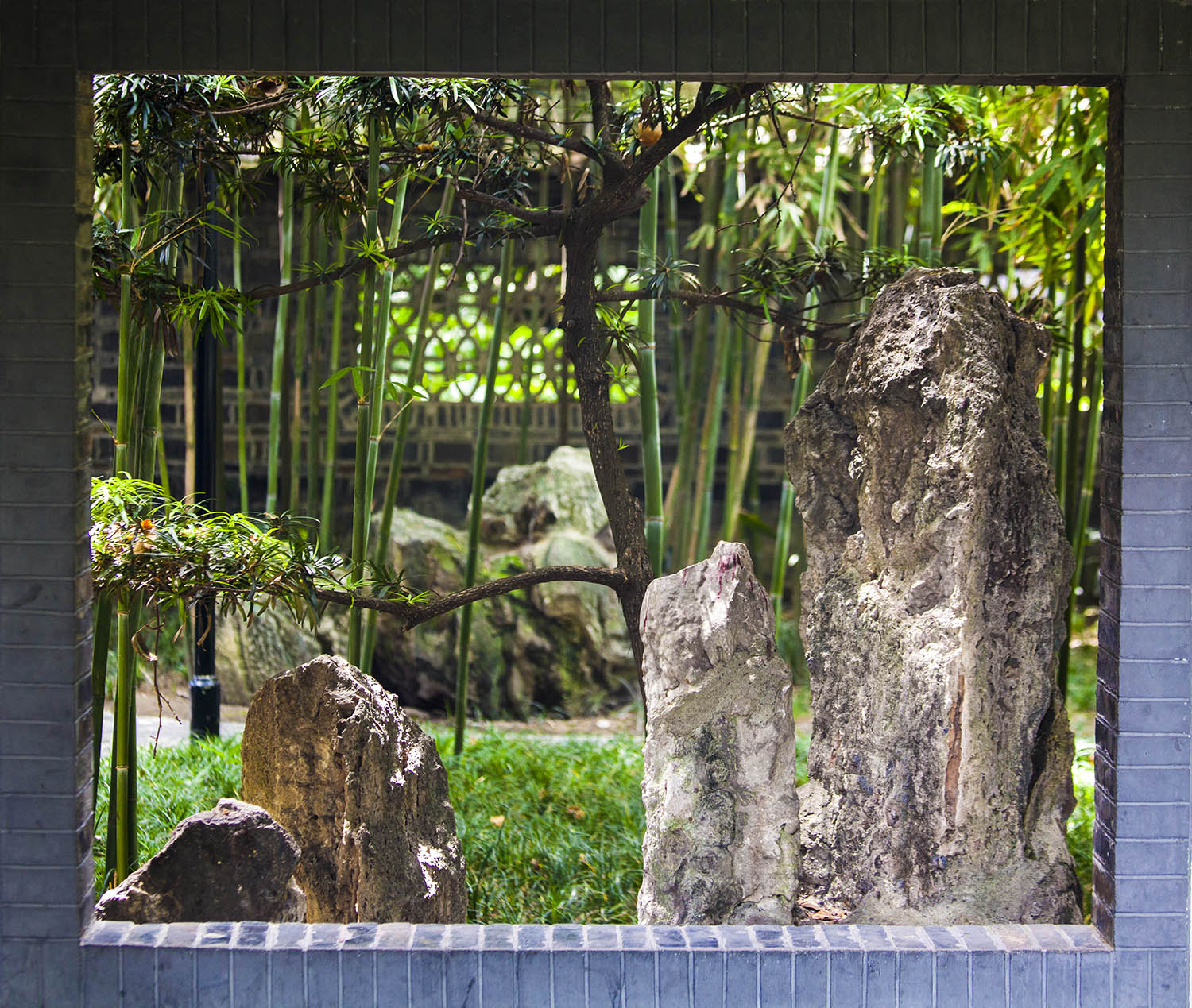
I came expecting a quiet place to relax but found a world of activity.
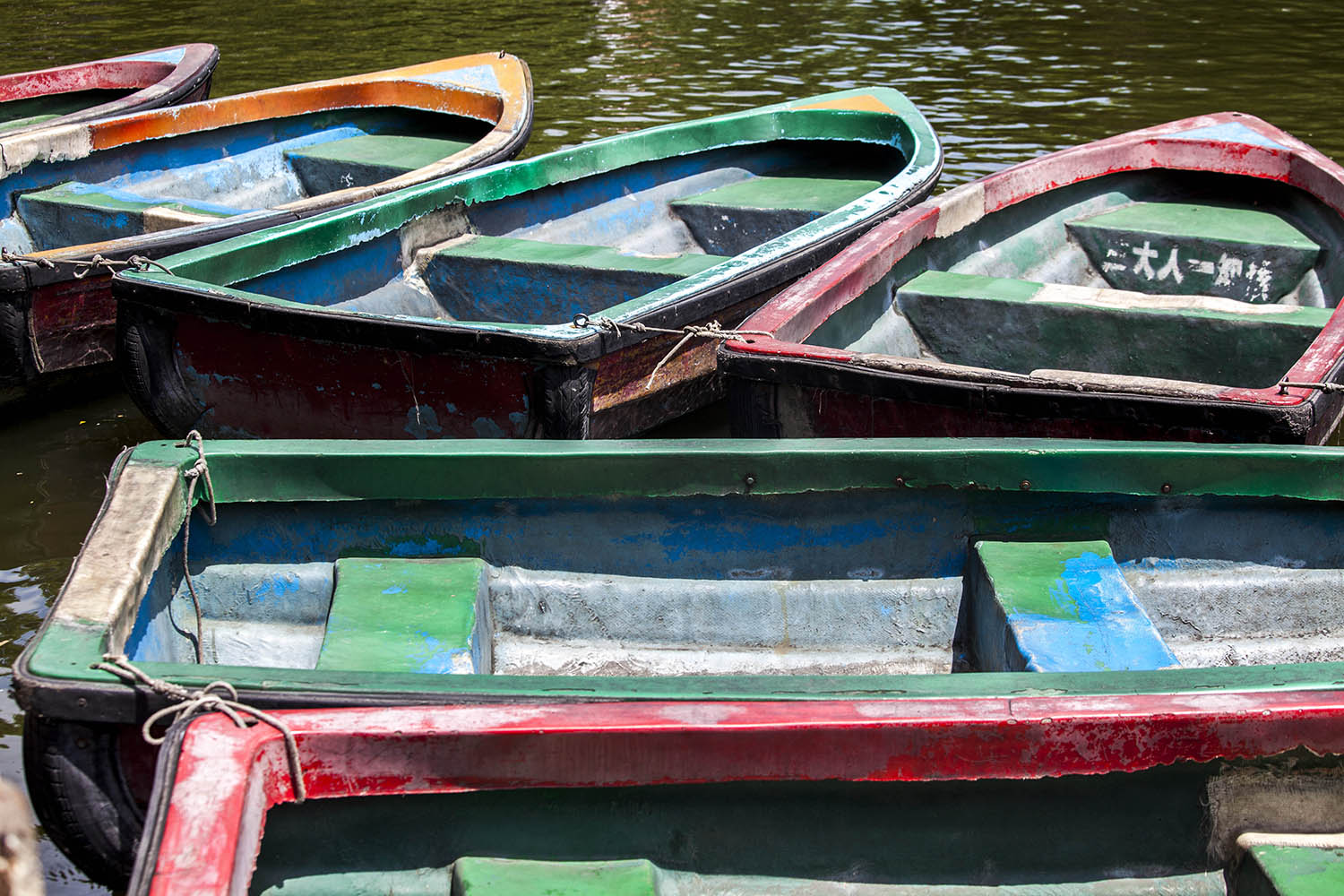
Elderly men practiced tai chi under ancient trees and couples danced to old Chinese ballads. The famous “matchmaking corner” was especially fascinating — parents sat with handwritten signs, advertising their children’s age, height, and salary in hopes of arranging a marriage.
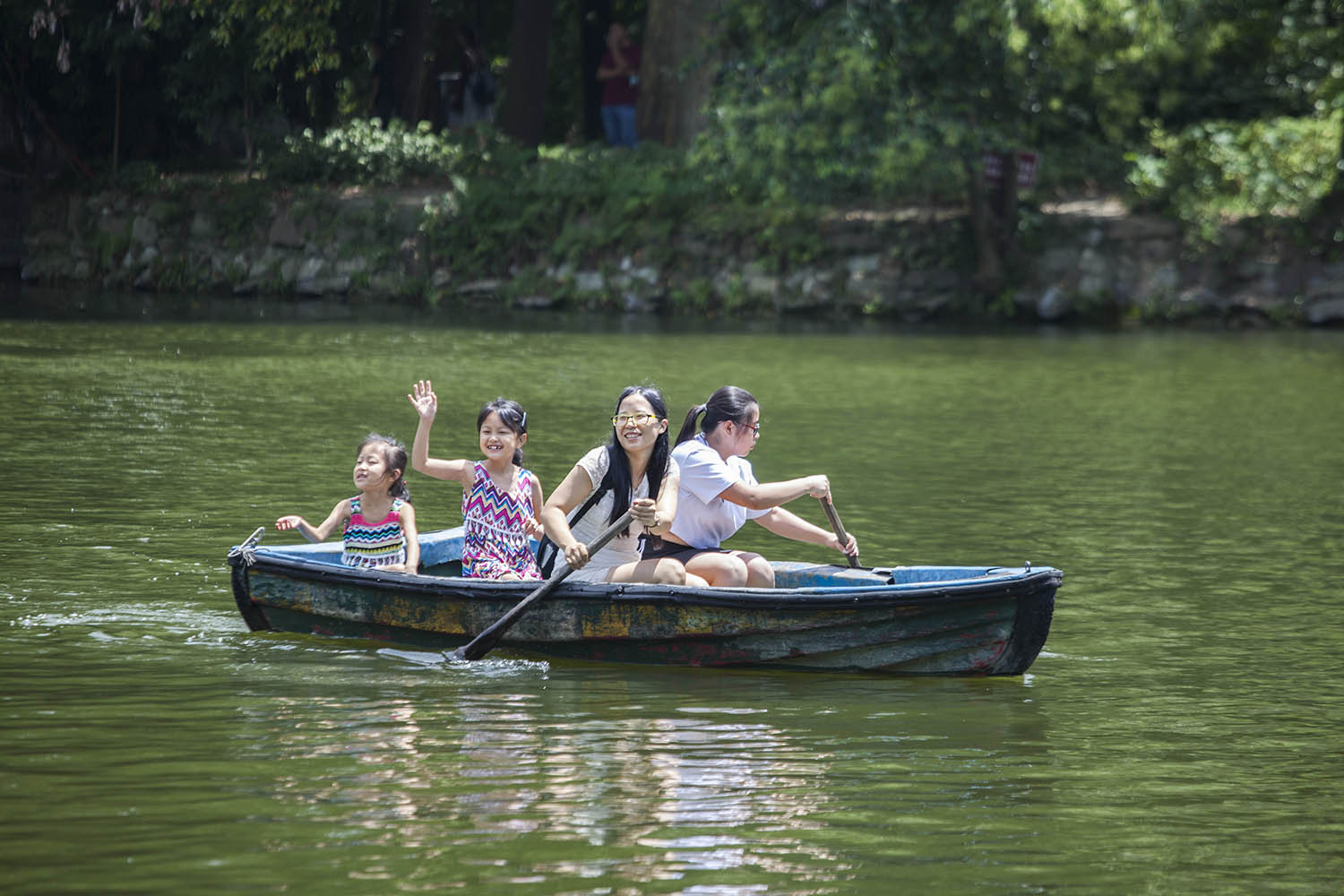
But the real highlight?
The tea culture. People’s Park is home to some of Chengdu’s oldest teahouses, and grabbing a cup of jasmine, oolong, or pu-erh while watching life unfold around me was one of my favourite experiences.
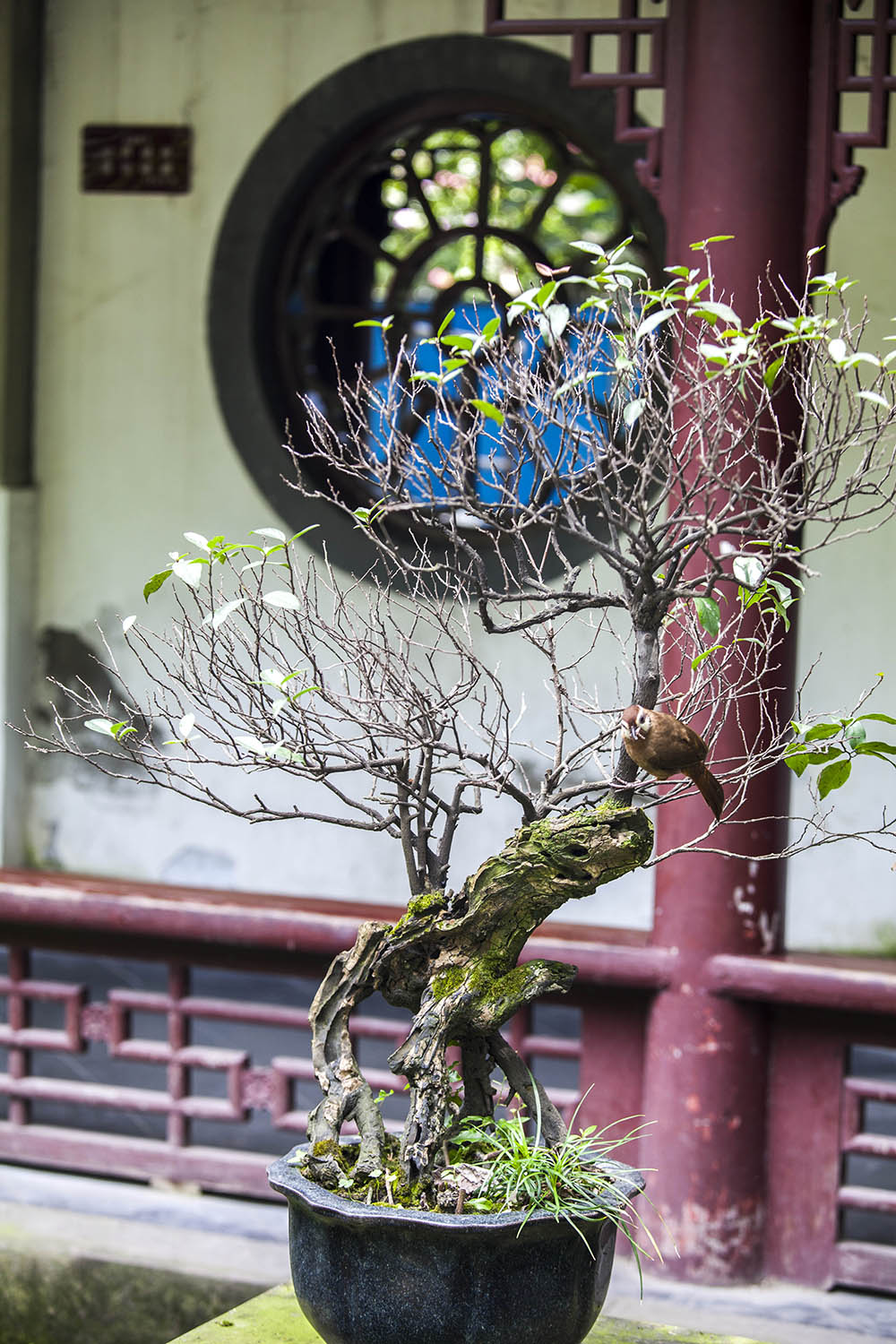
I settled into a bamboo chair at Heming Teahouse, where tea is served the traditional way — leisurely, with constant refills and no rush to leave. If you’re up for it, you can even try a local ear-cleaning session, where experts use long metal rods and tuning forks to (supposedly) give you the best hearing of your life.
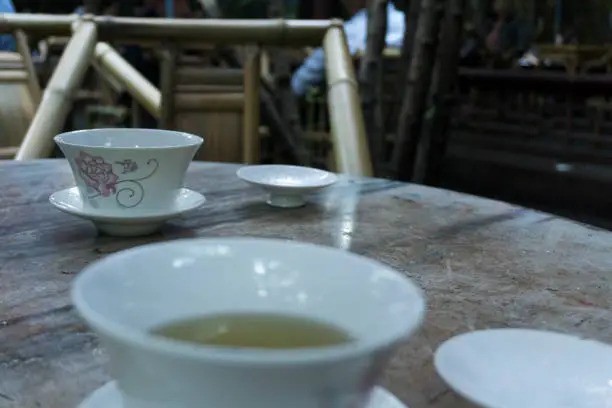
Entry to the park is free, and while you can explore, this is one of those places where it’s best to sit back, sip tea, and just watch the world go by.
6. Enjoy a Traditional Sichuan Hotpot Experience
I don’t remember the name of the place where I had my first Sichuan hotpot, but I remember the experience.
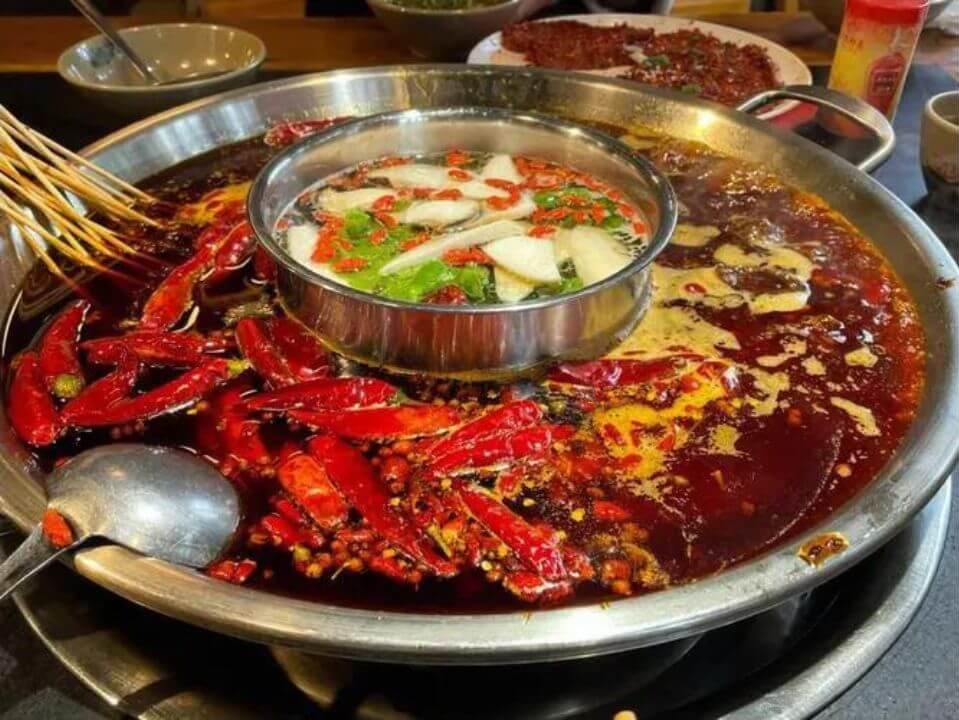
The bubbling cauldron of red broth, thick with chilli oil and floating Sichuan peppercorns, looked almost menacing. The first bite? A full sensory overload — spicy, numbing, intensely flavourful.
Hotpot isn’t just a meal in Chengdu; it’s an event.
You pick your ingredients — thinly sliced beef, lotus root, tofu, mushrooms — and dunk them into the simmering broth, waiting just long enough for them to absorb the heat. Locals mix their own dipping sauces, balancing sesame oil, garlic, and fermented bean paste to cut through the spice. The whole process is slow, communal, and best enjoyed with a cold beer to keep your taste buds from catching fire.
For first-timers, Shizilou Hotpot and Huangcheng Laoma are good places to start, though you’ll find hole-in-the-wall spots all over the city serving equally mind-blowing flavours.
If you're not used to spice, go for a split pot (yuanyang guo) with a mild broth option — your stomach will thank you later.
7. Witness the Face-Changing Performance at a Sichuan Opera Show
I didn’t get around to seeing a Sichuan opera show in Chengdu, and I regret it. Locals told me the face-changing (bian lian) performances are unlike anything else — a split-second flick of a fan or a wave of a hand, and the performer’s mask changes in an instant. No one really knows how it’s done, and that’s part of the magic.
Sichuan opera isn’t just about face-changing, though. Shows also feature fire-breathing, acrobatics, and comedic skits, all set against a backdrop of traditional Chinese music.
The best places to see it are Shufeng Yayun Teahouse or Jinjiang Theatre, where you can sip tea while watching the spectacle unfold.
If I go back, this will be at the top of my list.
8. Take a Day Trip to the Leshan Giant Buddha
At 71 metres (233 feet) tall, the Leshan Giant Buddha is the largest stone Buddha in the world, carved into a cliffside overlooking the meeting point of three rivers. Built over 1,200 years ago, it was meant to calm the turbulent waters below — and judging by the sheer scale of it, I’d say they weren’t messing around.
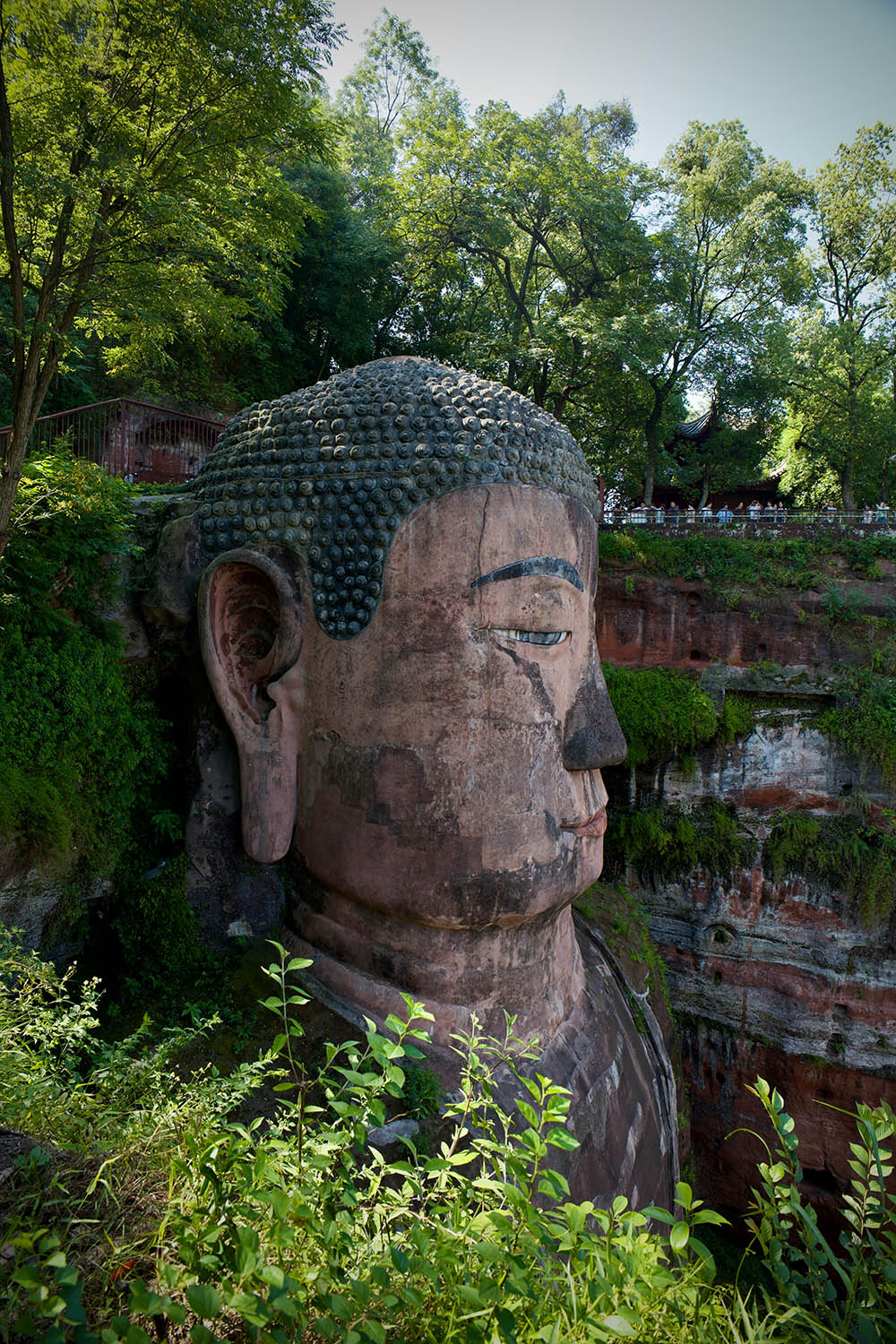
You can either hike down alongside the statue, getting up close to its massive feet, or take a boat tour for the best panoramic view.
It’s about a 1.5-hour high-speed train ride from Chengdu (CNY 54/$7.50 one way), and you’ll want to go early to beat the crowds.
9. Visit Mount Qingcheng – The Birthplace of Taoism
If you’re looking for a break from Chengdu’s urban sprawl, Mount Qingcheng offers a peaceful escape into misty green peaks and ancient temples. Known as the birthplace of Taoism, this sacred mountain has been a spiritual retreat for centuries, with monasteries and pavilions tucked into dense forests.
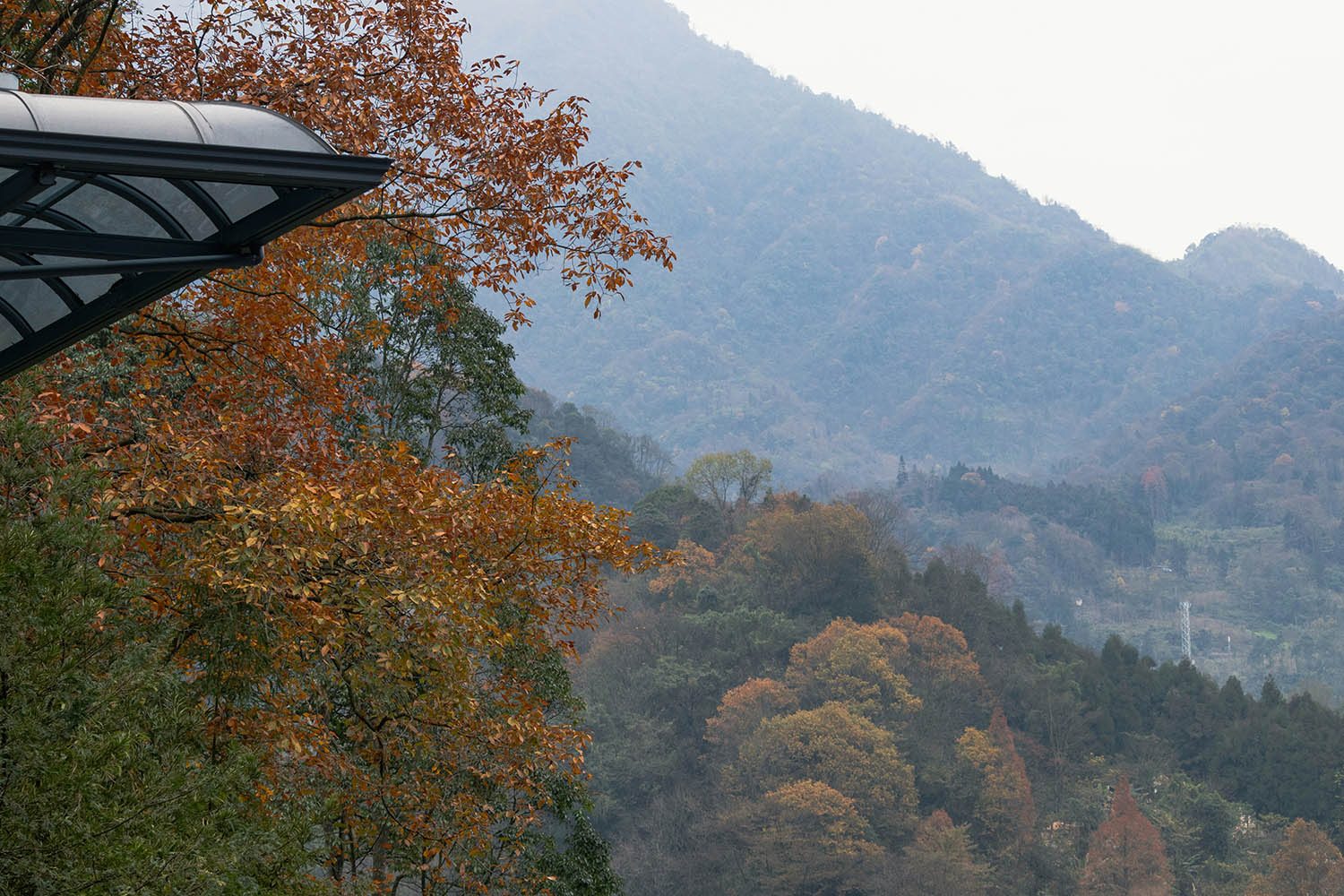
Hike up the mountain (around 3–4 hours one way) or take the cable car part of the way if you’d rather save your energy. Along the trail, you’ll pass Taoist temples, stone inscriptions, and hidden meditation spots where monks still practice.
The Shangqing Palace and Tianshi Cave are must-sees, offering a glimpse into Taoist philosophy and rituals.
Located about 1.5 hours from Chengdu, it’s an easy day trip by high-speed train to Qingchengshan Station (CNY 15/$2), followed by a short bus or taxi ride to the entrance.
Whether you go for the history, the spirituality, or just the fresh mountain air, Qingcheng is one of Sichuan’s most atmospheric places to explore.
Unique Things to Do in Chengdu
Beyond pandas and hotpot, Chengdu has its quirks — think ear-cleaning sessions in teahouses, shadow puppet performances in hidden alleys, and locals gathering in parks for synchronised dance-offs.
If you're looking for experiences you won’t find anywhere else, this section has you covered.
10. Explore the Lesser-Known Huanglongxi Ancient Town
While most visitors flock to Jinli or Kuanzhai Alley, Huanglongxi Ancient Town offers a quieter, more immersive step back in time. About 50 km (31 miles) from Chengdu, this riverside town dates back over 1,700 years, with well-preserved Ming and Qing dynasty architecture, cobbled streets, and wooden stilt houses lining the riverbanks.
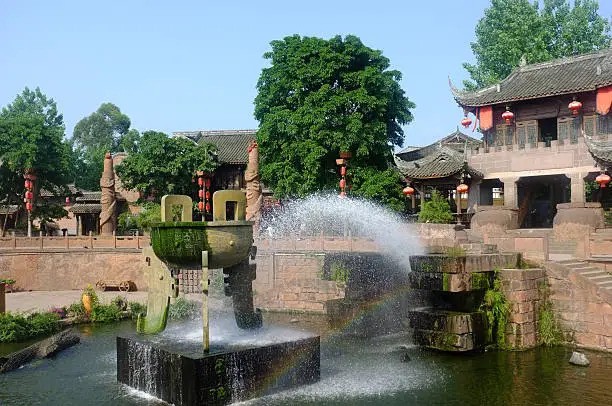
Walking through, you’ll find fewer crowds and more local life — elderly men playing mahjong under ancient banyan trees, street vendors selling handmade sesame candies, and kids splashing in the shallow waters. The town has been used as a backdrop for numerous Chinese period dramas, and it’s easy to see why — it feels like a film set that never packed up.
Buses run from Chengdu Xinnanmen Bus Station (about 1.5 hours, CNY 15/$2 USD), making it an easy half-day trip. If you want a taste of historic Sichuan without the tourist overload, Huanglongxi is a great alternative.
11. Discover the Sichuan Cuisine Museum
If eating Sichuan food isn’t enough, why not learn how to cook it?
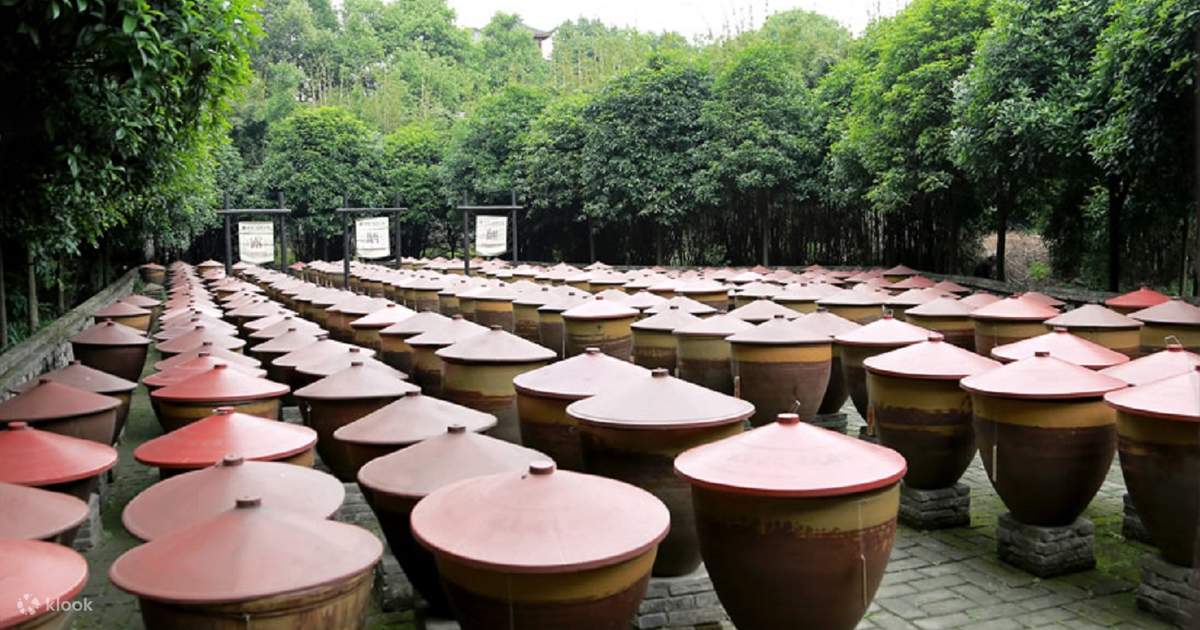
The Sichuan Cuisine Museum, located in Pixian (about 30 minutes from Chengdu), is the only food museum in China where you can taste, touch, and even cook the exhibits.
It’s part museum, part hands-on experience. You’ll see ancient kitchenware, learn about the history of Sichuan’s bold flavours, and, most importantly, take part in a cooking class where you can make dishes like mapo tofu, kung pao chicken, or handmade dumplings.
The best part? You get to eat everything you cook.
Tickets cost CNY 90 ($12 USD) for general entry or CNY 280 ($39 USD) for the full cooking experience.
If you love food and want a deeper understanding of what makes Sichuan cuisine legendary, this place is worth the trip.
12. Visit Dujiangyan Irrigation System – An Engineering Marvel
Over 2,200 years old and still functioning, the Dujiangyan Irrigation System isn’t just an ancient relic — it’s a masterpiece of engineering that has kept Sichuan’s farmlands fertile for millennia.
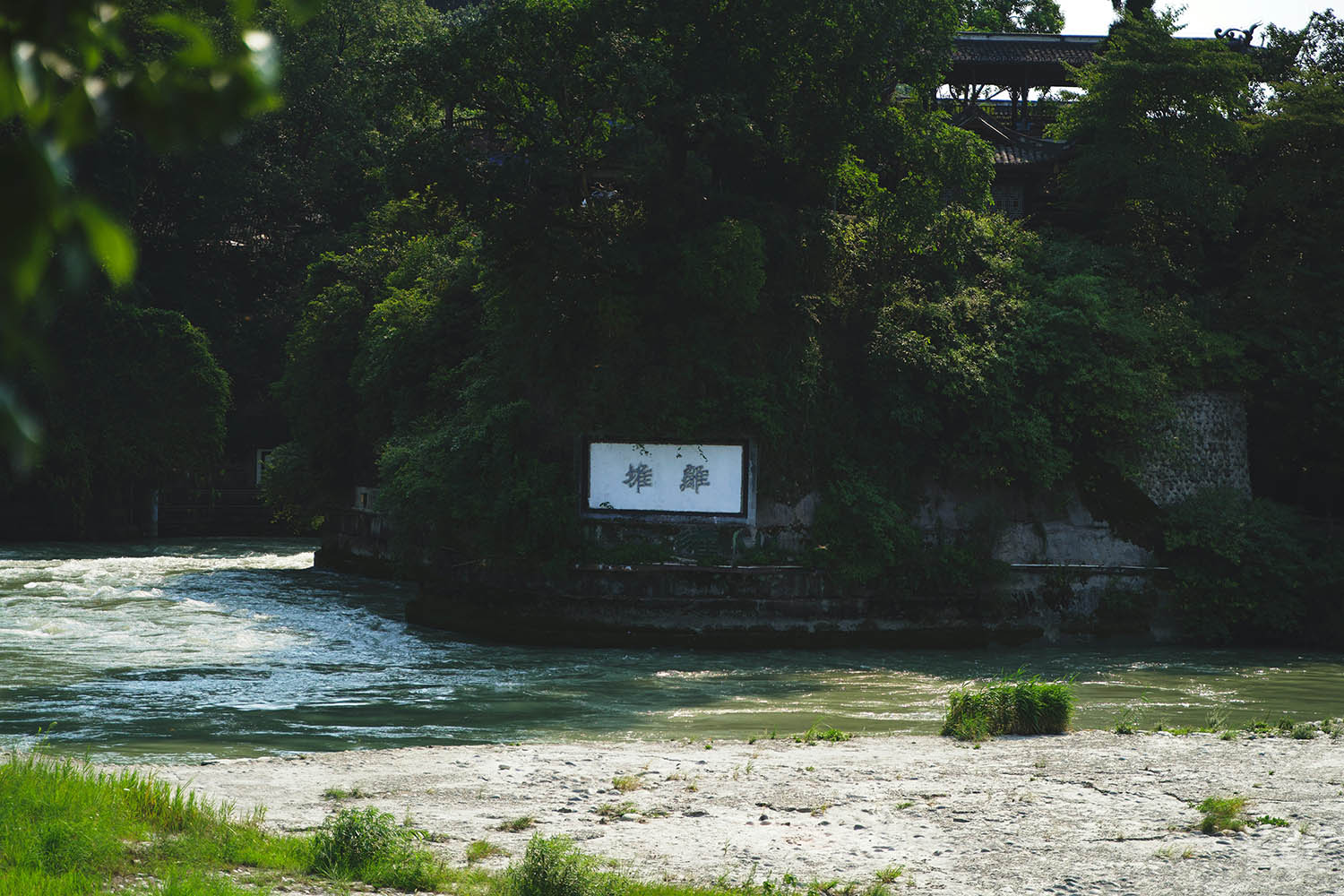
Built during the Qin Dynasty, this UNESCO-listed system cleverly diverts water from the Min River without the need for dams, preventing floods while ensuring a steady supply of irrigation.
Walking through the site, you might be struck by its scale — massive stone levees, pagoda-lined bridges, and the raging river flowing beneath the iconic Fish Mouth Levee, which splits the water into different channels. The nearby Erwang Temple, dedicated to the system’s creator Li Bing and his son, offers a deeper look into its history and cultural significance.
Located about an hour from Chengdu, you can reach Dujiangyan by high-speed train (CNY 15/$2) or bus. Entry costs CNY 80 ($11 USD), and it’s worth pairing with a visit to Mount Qingcheng, which is just a short ride away.
If you’re fascinated by history, engineering, or just want a scenic escape from the city, this is a must-see.
13. Find Peace at the Wangjiang Pavilion Park
Tucked away from the city's fast pace, Wangjiang Pavilion Park is one of Chengdu’s most underrated spots for a quiet escape. Unlike the busier People’s Park, this riverside retreat is known for its bamboo groves, classical pavilions, and deep literary history.
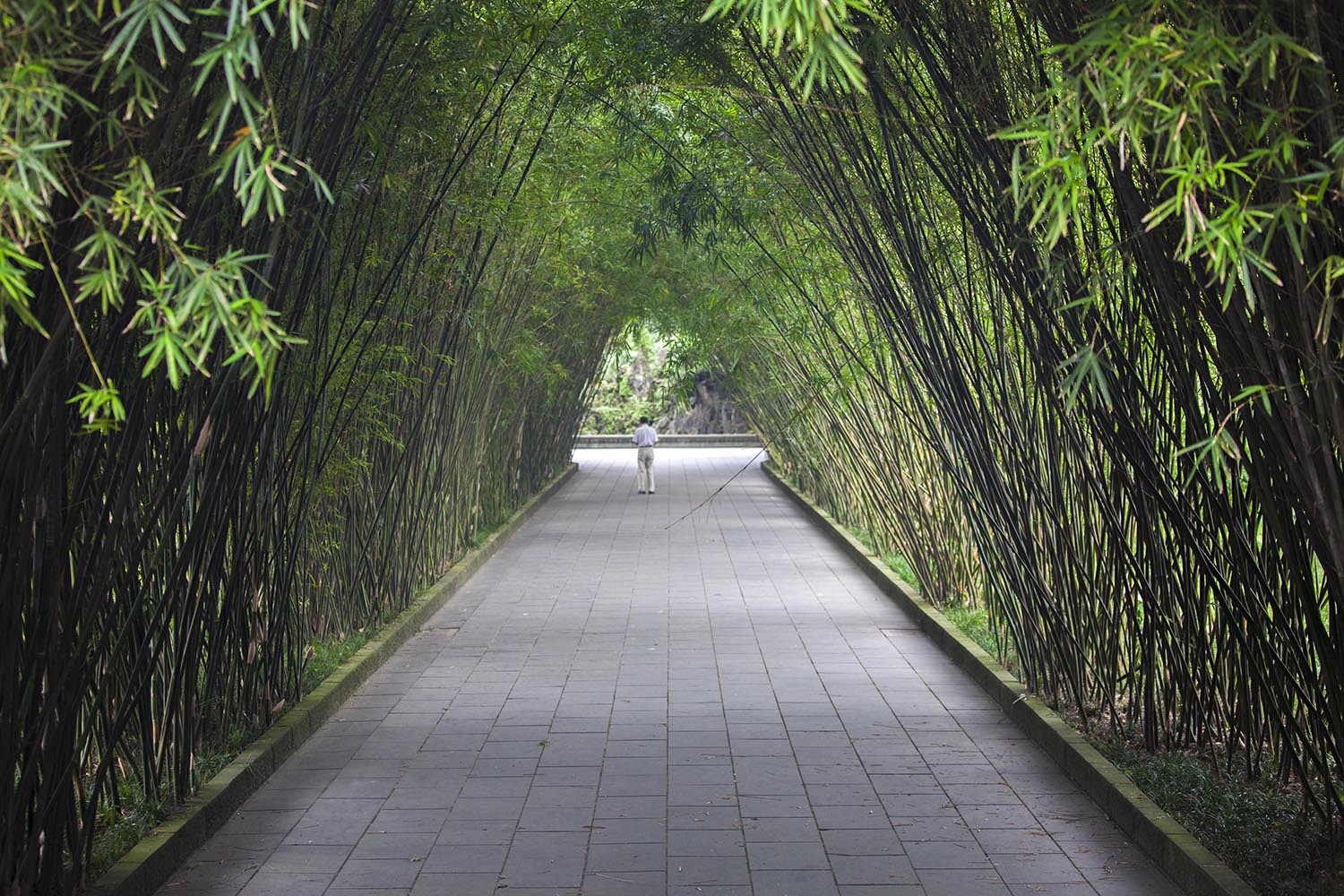
It was built to honour Xue Tao, a famous Tang Dynasty poet who was one of the few recognised female scholars of her time.
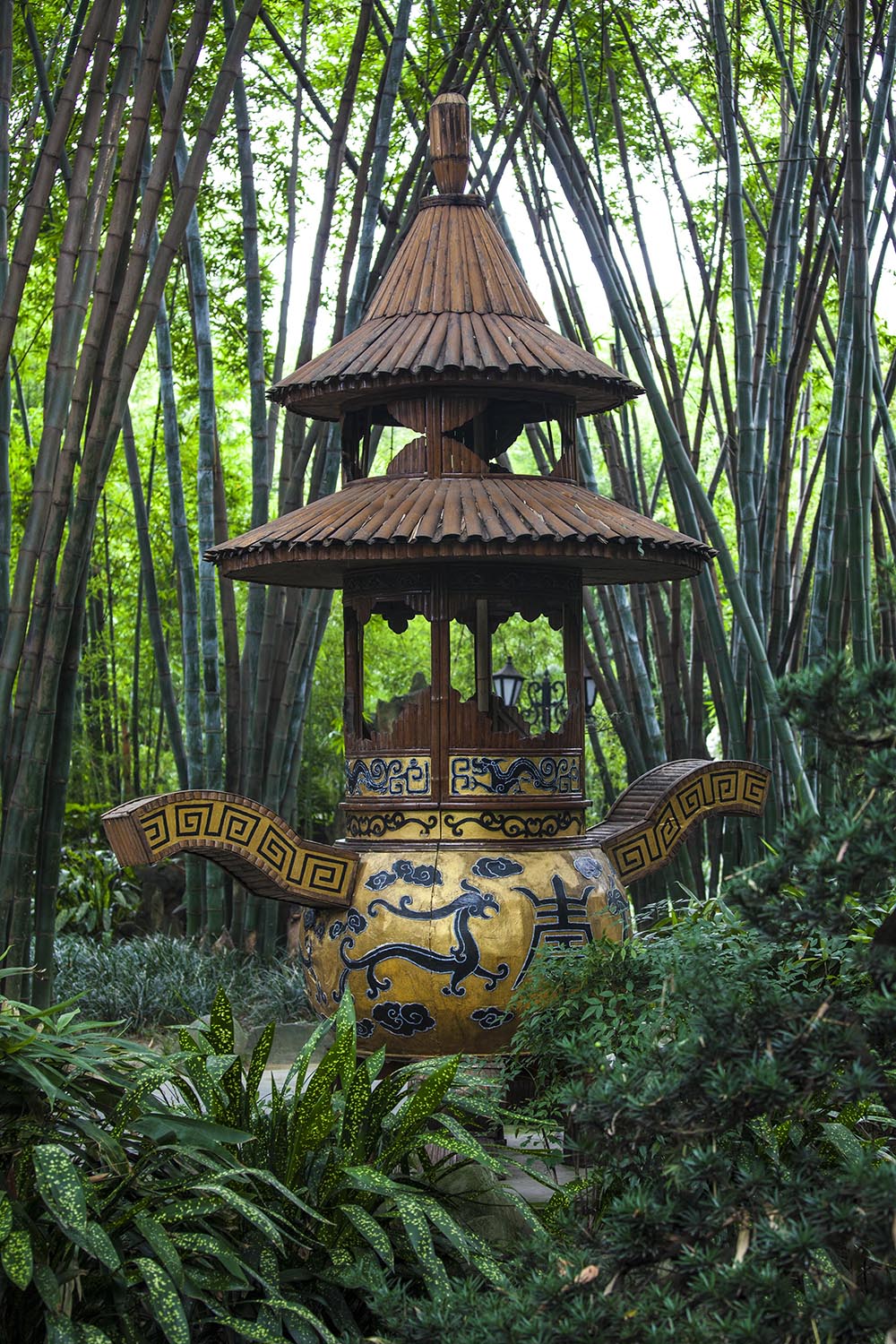
Walking through the park, I found shaded pathways lined with over 150 species of bamboo, their rustling leaves adding to the peaceful atmosphere.
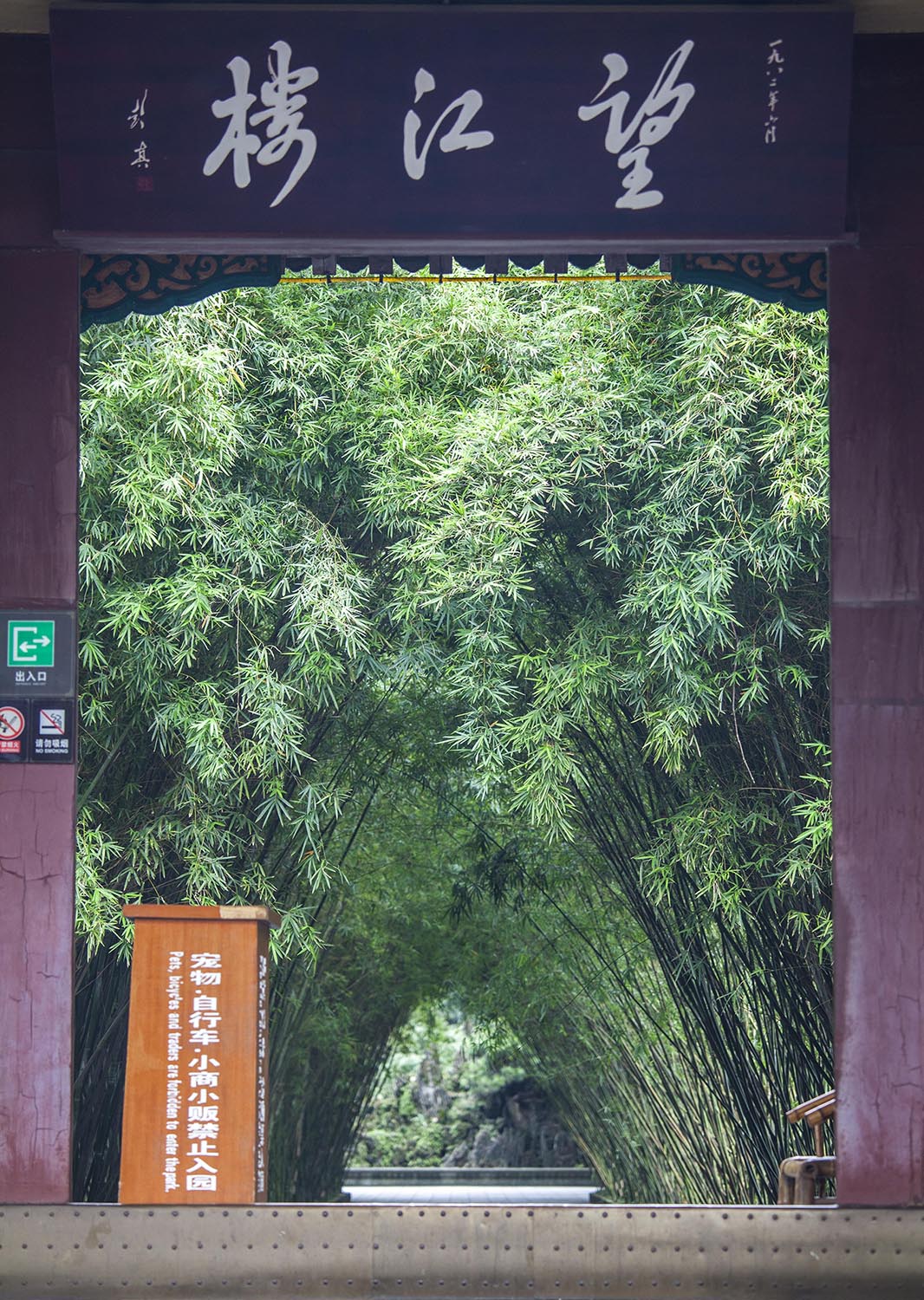
The Wangjiang Tower, the park’s tallest pavilion, offers stunning views over the Jin River, making it a perfect place to just sit and soak in the surroundings.
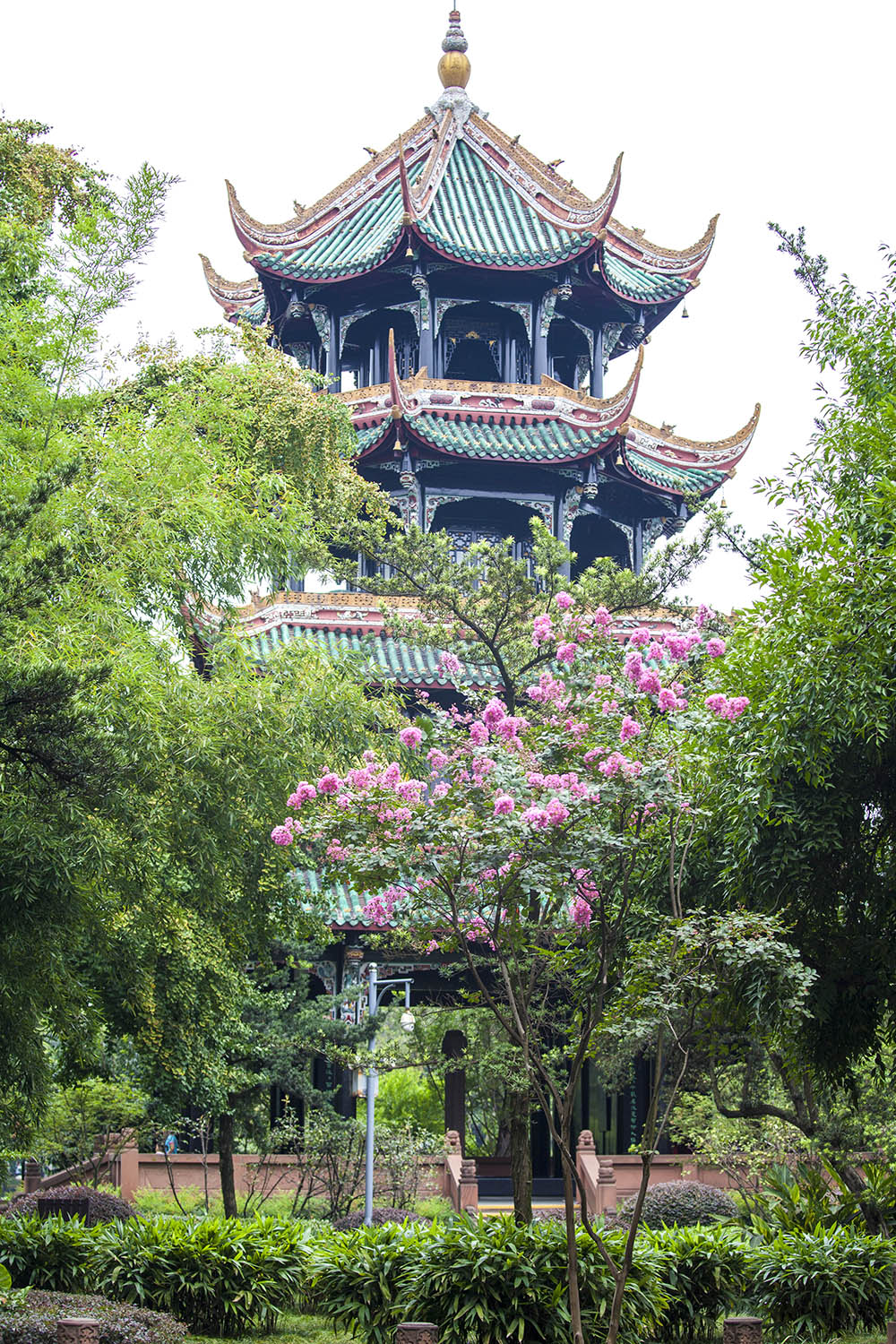
Entry is free, and it’s an easy stop if you want a break from Chengdu’s more touristy sites.
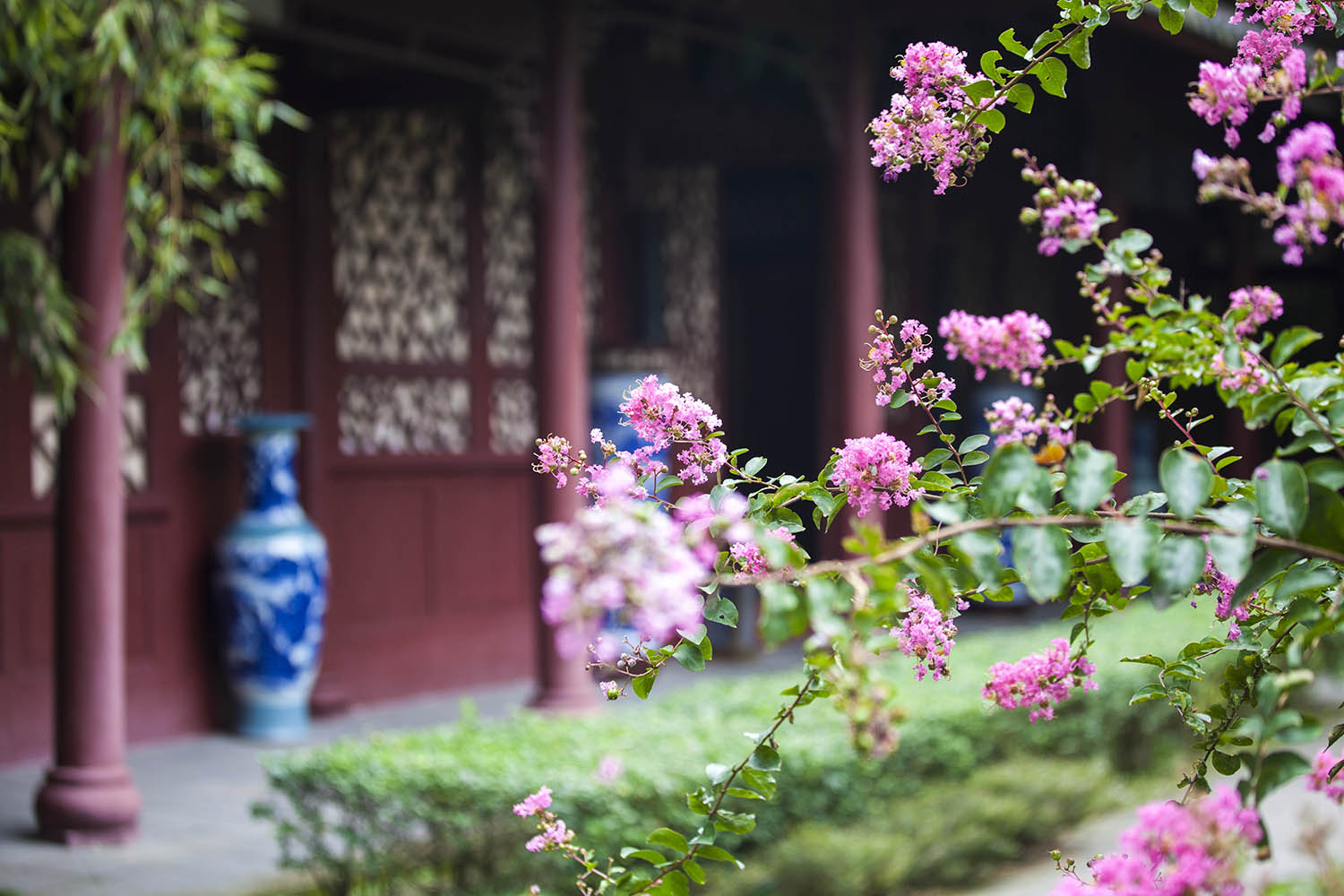
If you’re into poetry, history, or just want to escape into a bamboo forest for an hour, Wangjiang Pavilion Park is worth a visit.
Things to Do in Chengdu at Night
Chengdu comes alive after dark, whether you’re sipping tea in a lantern-lit courtyard, watching a face-changing Sichuan opera (outlined above), or diving into the city’s buzzing bar scene at Jiuyanqiao. From late-night hotpot feasts to riverfront strolls, the city’s nightlife is as laid-back or lively as you want it to be.
14. Experience Chengdu’s Nightlife in Jiuyanqiao Bar Street
Chengdu isn’t known for its nightlife the way Shanghai or Beijing are, but Jiuyanqiao Bar Street proves the city knows how to have a good time.
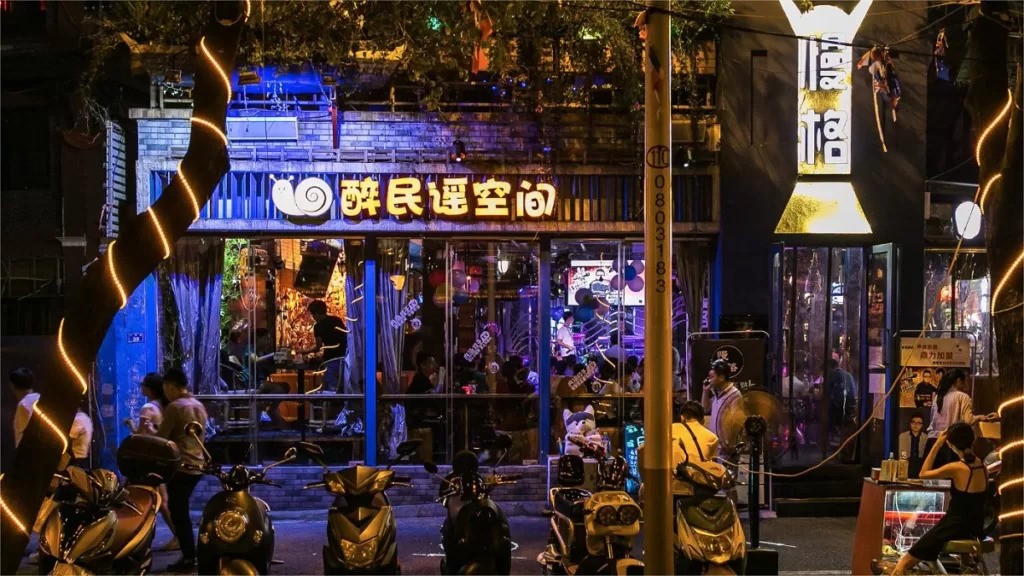
Stretching along the riverbanks near Anshun Bridge, this area is packed with bars, clubs, and live music venues, each offering a different vibe — from neon-lit dance floors to chill rooftop lounges overlooking the water.
I went out here one night, hopping between bars. Jah Bar had solid live music and a chilled-out vibe, while Lan Kwai Fong Chengdu was packed with a mix of expats and locals, offering everything from cocktails to full-blown club nights. For a more casual scene, Helen’s Bar was the place for cheap drinks and an easy-going crowd.
Whether you’re after a full-on party, a quiet drink by the river, or just some late-night people-watching, Jiuyanqiao is the spot to experience Chengdu after dark.
15. Enjoy a Stroll Along Anshun Bridge & Jin River
At night, Anshun Bridge glows against the water, its golden lights reflecting perfectly on the Jin River below. Originally built during the Ming Dynasty, the bridge is now home to a stylish restaurant, making it one of Chengdu’s most iconic night-time landmarks.
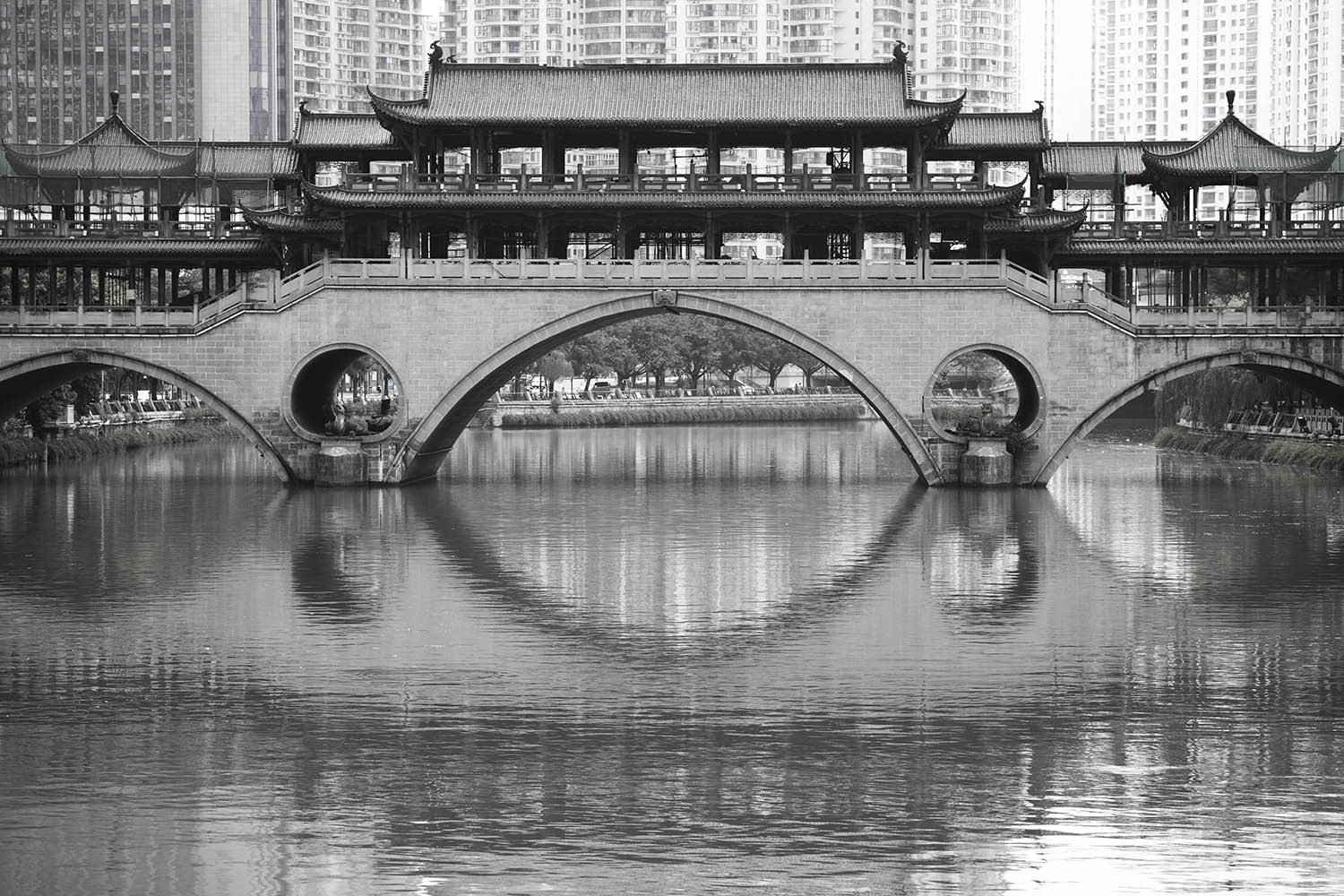
Take a walk along the river one evening, and note the peaceful atmosphere — locals playing cards under streetlights, cyclists gliding past, and the occasional street musician add to the ambiance. The riverside paths stretch for kilometres, so you can wander at your own pace, stopping at tea houses, quiet bars, or late-night snack stalls along the way.
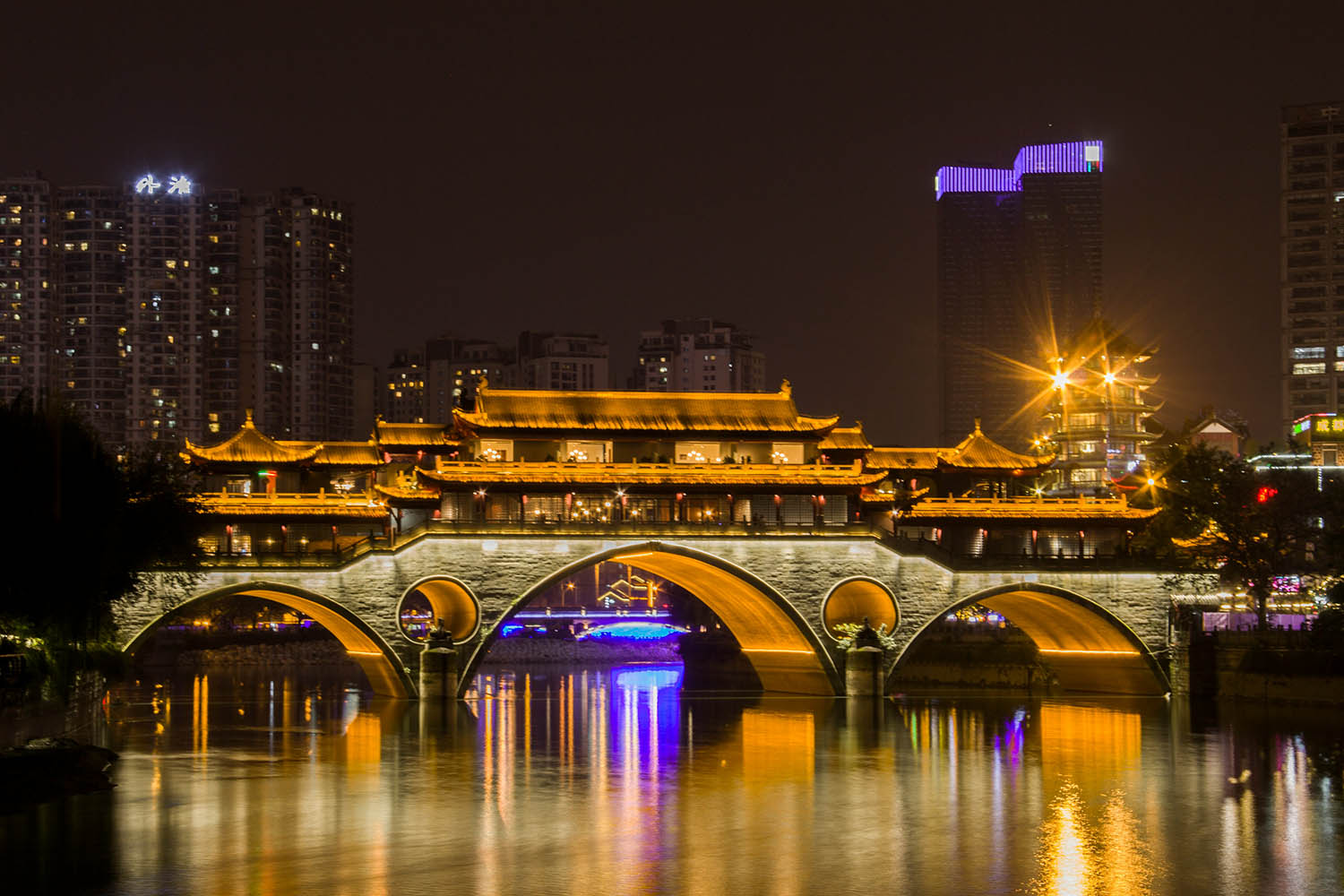
If you’re looking for a relaxed way to experience Chengdu at night, this is it.
16. Try Local Snacks at a Chengdu Night Market
Chengdu’s night markets are a paradise for late-night eaters, packed with sizzling skewers, spicy noodles, and everything in between. I wandered into one without a plan and ended up seeing grilled rabbit head and trying málà crayfis, and sweet sticky rice cakes dusted with crushed peanuts.
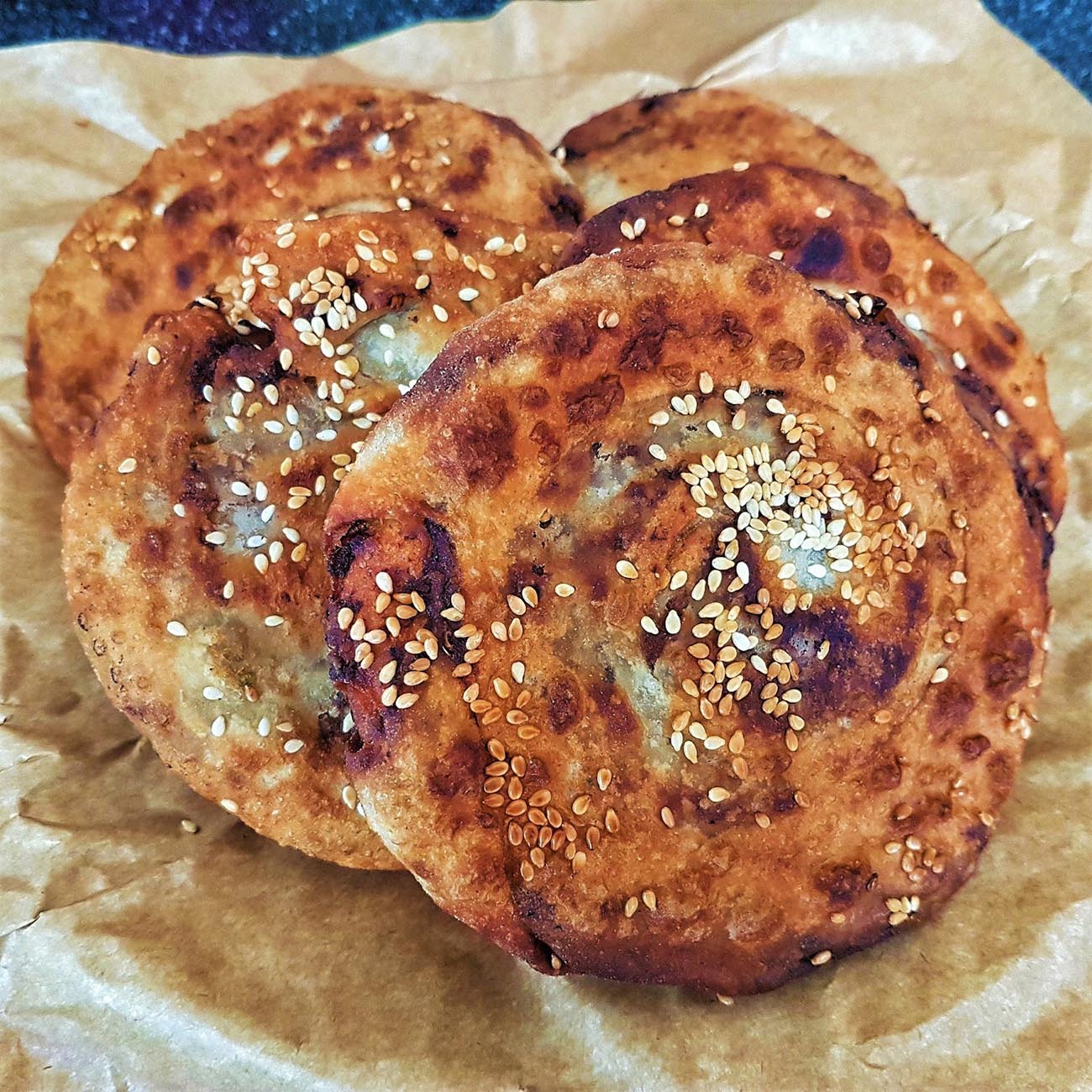
Popular spots include Jianshe Road Night Market, known for its seafood and skewers, and Wenshufang Night Market, where you’ll find classic Sichuan street food like dan dan noodles, guokui (crispy stuffed flatbreads), and tanghulu (candied hawthorn skewers).
Expect bold flavours, chaotic energy, and the occasional mystery snack you won’t recognise — but that’s all part of the fun.
17. Watch the River Light Show at Tianfu Square
Tianfu Square is Chengdu’s central hub by day, but at night, it transforms into a dazzling display of lights, fountains, and music. The river light show, set against the backdrop of the towering Mao Zedong statue, combines choreographed water jets with colourful projections, making it one of the city’s most unexpected nighttime attractions.
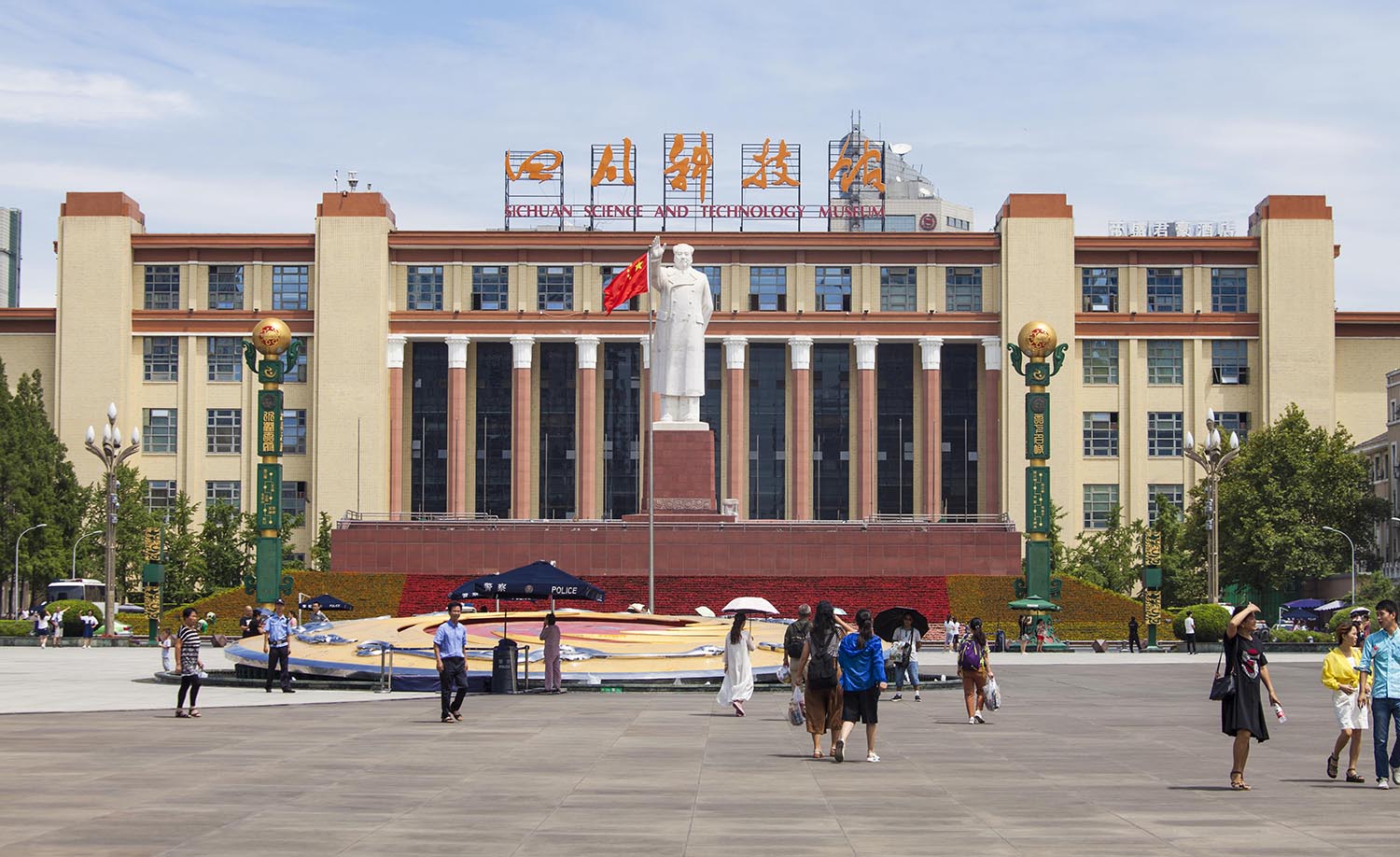
I didn’t plan on staying long, but the combination of classical Chinese music, synchronised fountains, and glowing cityscape made it surprisingly captivating.
The show happens daily around 8 PM, and since Tianfu Square is easily accessible by metro, it’s a quick and free way to experience Chengdu’s urban energy after dark.
Practical Travel Tips for Visiting Chengdu
From navigating the Chengdu Metro to handling cash vs. mobile payments, these tips will help you make the most of your trip while avoiding common pitfalls.
How to Get to Chengdu
Chengdu is well-connected by air, high-speed rail, and long-distance buses, making it an easy destination to reach from major cities across China and beyond.
▶ By Air
Chengdu is served by Chengdu Tianfu International Airport (TFU) and Chengdu Shuangliu International Airport (CTU), offering both domestic and international flights. Tianfu is the newer, larger hub, while Shuangliu remains a key gateway for regional travel.

From either airport, you can take the metro, airport shuttle, or taxi into the city centre.
▶ By Train
Chengdu has several major railway stations, with Chengdu East Railway Station handling most high-speed trains from Beijing, Shanghai, Xi’an, and Chongqing. Tickets can be booked through 12306.cn (China’s official railway site) or via third-party apps like Trip.com.
▶ By Bus
Long-distance buses connect Chengdu to other cities in Sichuan and beyond. The Chengdu Xinnanmen Bus Station is the main hub for travellers heading to places like Leshan, Mount Emei, and Jiuzhaigou, offering an affordable alternative to trains.
How to Get Around Chengdu
Chengdu’s transport system is efficient, affordable, and easy to navigate, whether you’re exploring on foot, taking the metro, or using ride-hailing apps.
▶ On Foot
Many of Chengdu’s central attractions, like People’s Park, Tianfu Square, and Kuanzhai Alley, are within walking distance of each other, making the city easy to explore on foot — just be prepared for the occasional scooter zipping past on the sidewalk. I enjoyed Chengdu most getting around on foot.
▶ By Metro
The Chengdu Metro is the fastest and most convenient way to get around, with clear English signage and tickets starting at CNY 2 ($0.30 USD).
Alipay (App Store and Google Play) and WeChat Pay work for payments, or you can buy tickets at kiosks.
▶ Taxi & Ride-Hailing
Taxis are affordable but not always easy to flag down.
DiDi (China’s Uber) is the best option for ride-hailing and has an English version of the app for foreigners.
▶ By Bus
Buses are cheap (CNY 2 per ride) and extensive, but they can be slow due to traffic and are best for reaching areas not covered by the metro.
It’s not always easy to know where to get off as bus stop announcements are mostly in Chinese, so using Baidu Maps or Amap (Gaode Maps) for live tracking can help. Some buses accept cash, but many require a transportation card or mobile payment via WeChat Pay or Alipay.
▶ By Bicycle & E-Scooter
Bike-sharing apps like Meituan Bike and HelloBike make cycling around Chengdu easy, while e-scooters can be rented through local services — ideal for short trips.
Where to Stay in Chengdu
Chengdu offers a range of accommodation options, from budget-friendly hostels to luxury hotels, ensuring a stay that suits every traveller’s style.
Budget: Chengdu Flipflop Hostel Poshpacker
Chengdu Flipflop Hostel Poshpacker is a solid choice for budget travellers looking to be in the heart of the action. The staff were friendly and helpful, and the location — just minutes from Chunxi Road Metro Station — made getting around easy.
While my sleep took a hit thanks to a noisy family one night and a food poisoning incident another (which ended with me helping a guy to the hospital), the overall stay was good. If you're after a sociable, well-located hostel with decent amenities and a lively atmosphere, this is a great pick.
Mid-Range: Buddha Zen Hotel
Buddha Zen Hotel offers a tranquil escape in the heart of Chengdu, seamlessly blending traditional Chinese aesthetics with modern comforts. Set within a historic courtyard in Wenshu Square, it’s steps from ancient temples, pedestrian streets, and metro access.
The Zen-inspired decor, tea room, and elegant wooden furnishings make it a great pick for travellers looking to soak in Chengdu’s culture while enjoying a peaceful retreat from the city’s buzz.
High End: The Ritz-Carlton, Chengdu
The Ritz-Carlton, Chengdu is where luxury meets Sichuan spice. Sitting right in the city’s heart, it offers skyline views over Tianfu Square and easy access to Chengdu’s cultural pulse — whether that’s temple hopping, high-end shopping, or spicy street food adventures.
Of course, you might not even want to leave. The rooms are all about refined comfort, with plush beds, sleek decor, and floor-to-ceiling windows framing the city. If unwinding is the goal, an entire floor is dedicated to the spa, complete with jade relaxation beds, vitality pools, and an indoor swimming pool playing underwater music.
Food? They’ve nailed that too. Li Xuan serves up Michelin-selected Cantonese and Sichuan dishes, while FLAIR’s rooftop setting pairs skyline views with cocktails and Asian tapas.
And if you’re in the mood for a proper indulgence, afternoon tea at the lobby bar is a classic.
It’s not just a hotel — it’s an experience.
Best Time to Visit Chengdu
Chengdu’s weather is mild year-round, but the city is often overcast.
Spring (March–May) and autumn (September–November) are the best times to visit — warm days, cool nights, and less rain. Summer is hot and humid, and winter, while chilly, is a great time for those who want to avoid crowds and experience the city’s comfort foods at their best.
If you want a cultural experience, aim for Chinese New Year or Mid-Autumn Festival, when the city comes alive with celebrations.
Managing Money in Chengdu
China is largely cashless, and Chengdu is no exception — WeChat Pay and Alipay are the most widely accepted payment methods, even for street food and taxis.
However, some international cards may not link easily, so carrying some cash (CNY) is still useful for smaller vendors or backup.
ATMs accepting Visa/Mastercard can be found in major areas, but it’s best to withdraw money in advance. UnionPay cards are the most widely accepted for foreigners staying long-term.
Travelling Solo in Chengdu
I found Chengdu to be one of the easiest cities in China to explore solo — safe, relaxed, and welcoming in a way that sneaks up on you. While language barriers exist, locals were friendly, and I ended up in plenty of conversations over tea, street food, and even random park benches — sometimes using translation apps, sometimes just through gestures and smiles.
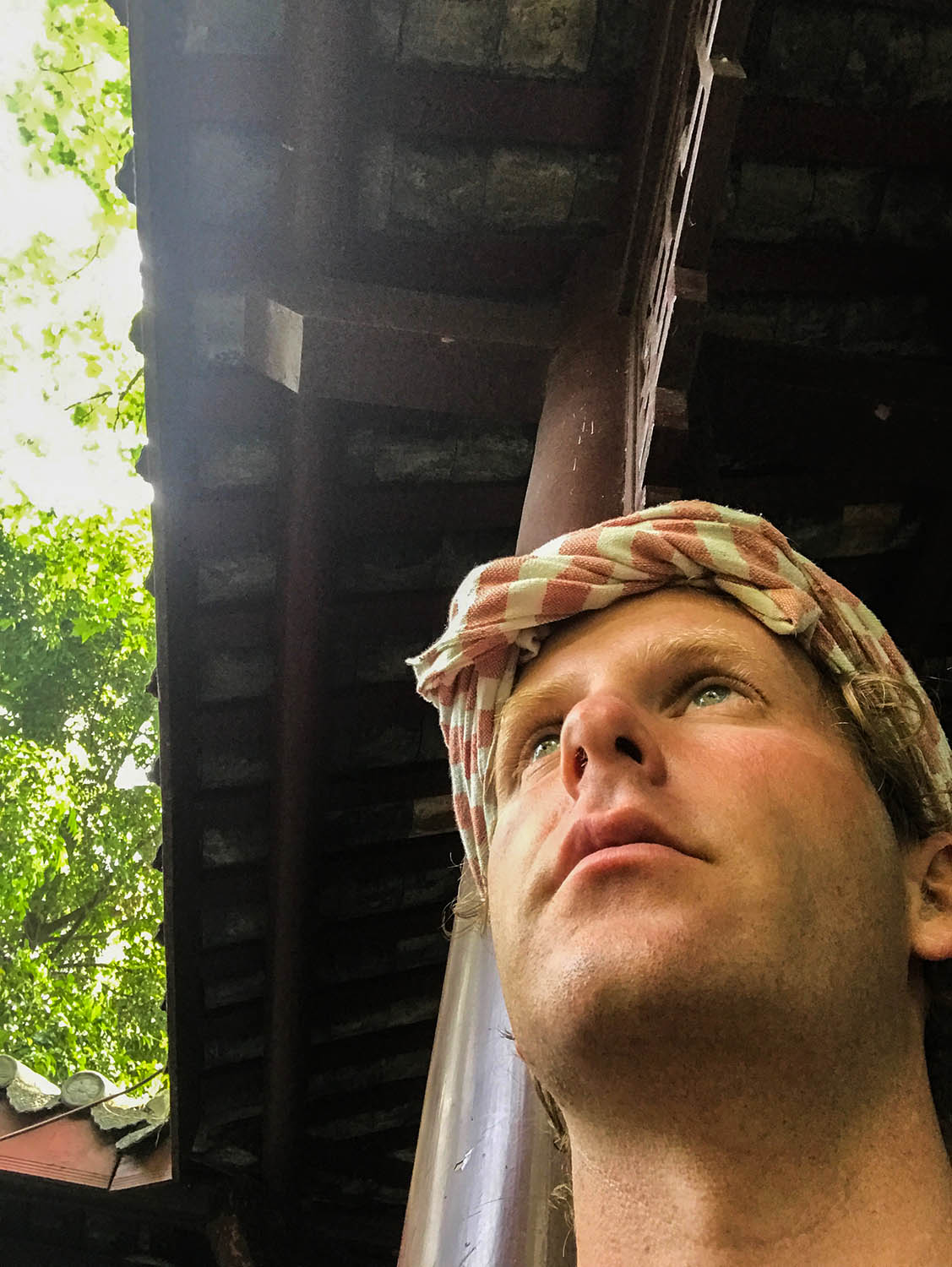
Getting around was a breeze with the metro, and the city centre is surprisingly walkable — I covered a lot of ground just wandering between neighbourhoods, from the historic alleys to the riverside.
Hotpot alone? Not impossible, but a bit awkward at traditional places — though I did find some spots offering single-person pots for solo diners.
For meeting people, hostels had a great social vibe. Jiuyanqiao Bar Street was fun for a casual night out, while People’s Park was perfect for just sitting back with a cup of tea and soaking in the local rhythm of the city.
I also spent time at Bookworm Cafe, a cosy bookshop-meets-café where I could unwind with a good read, chat with fellow diners, or just enjoy a quiet moment away from the bustle.
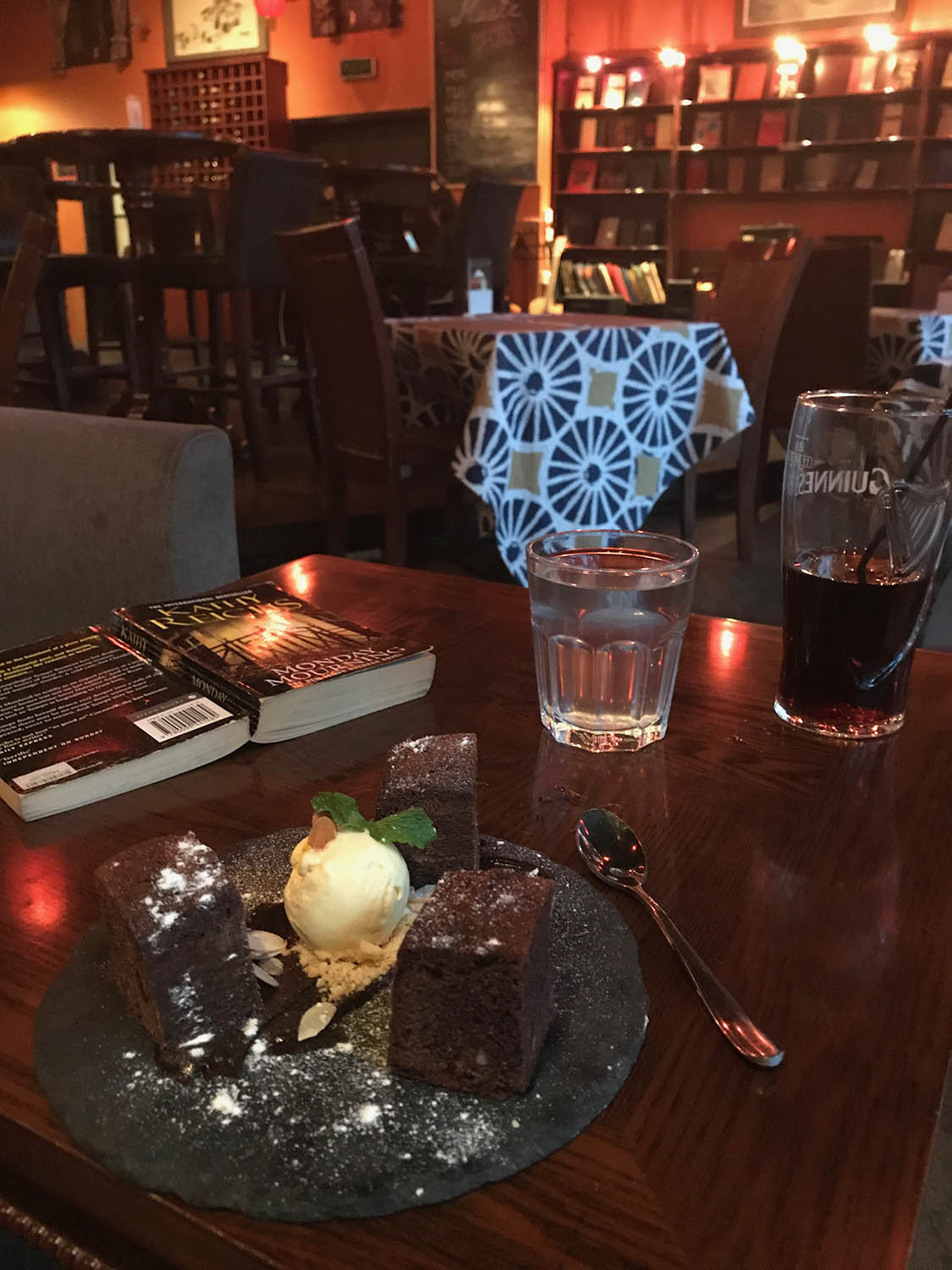
Whether you’re looking for connection or just want to explore at your own pace, Chengdu is a great city to do it solo.
Staying Healthy in Chengdu
Chengdu’s spicy cuisine and humid climate can be tough on newcomers, so pacing yourself is key. Sichuan peppercorns and chilli oil can do a number on your stomach if you're not used to them — start slow and balance meals with rice or milder dishes.
Tap water isn’t safe to drink, so I stuck to bottled or boiled water. Most convenience stores sell large bottles cheaply, and many hotels and hostels provide kettles in rooms or common areas.
The air quality can vary, especially in winter — if you're sensitive, check AQI levels.
Pharmacies are easy to find, but bring any essential medications, as getting Western prescriptions can be a hassle. If you need medical help, major hospitals like West China Hospital have international clinics with English-speaking staff.
Communicating in Chengdu
I don’t speak Mandarin beyond a few basics, and while English isn’t widely spoken, I managed just fine with a mix of translation apps, gestures, and occasional help from younger locals who had learned English in school.
Baidu Translate and WeChat’s built-in translator can be lifesavers, especially for reading menus and asking for directions. Most restaurants I visited had picture menus, and when that failed, I’d just point at what someone else was eating. In markets and smaller shops, a simple “zhège” (this one) while pointing worked wonders.
Street signs and metro announcements tend to be in both English and Chinese, so getting around wasn’t an issue. The real challenge was ordering food and having conversations, but locals were patient, curious, and often amused by my attempts.
If you learn just a few key phrases — like “xièxiè” (thank you) and “duōshǎo qián?” (how much?) — it goes a long way.
Etiquette and Getting to Know Locals in Chengdu
Chengdu locals are generally warm and curious, but if you’re new to China, some cultural habits might take time to adjust to.
One thing I noticed was that people can seem robotic in customer service interactions — it’s not rudeness, just a different approach where efficiency matters more than small talk. In crowded places like metro stations, people can be pushy without acknowledging personal space, which might feel aggressive if you’re used to Western norms.
Then there’s the spitting — a habit that catches many foreigners off guard. It’s common to hear someone loudly clearing their throat and spitting in public, even indoors or in restaurants. While it can be jarring, it’s not meant to be offensive — it’s just a normal part of daily life for many.
That said, once you move past the initial culture shock, locals are friendly, curious about foreigners, and open to conversation — especially in teahouses, bars, and parks.
While English isn’t widely spoken, many people are happy to engage using translation apps or even just gestures. If you’re willing to embrace the differences, you’ll find Chengdu to be one of the more laid-back and welcoming cities in China.
Save this article for future reference!
Final Thoughts on Things to Do in Chengdu
Chengdu is the kind of city that reveals itself slowly — beyond the pandas and hotpot, it’s a place where tea houses double as living rooms, parks turn into dance floors, and strangers welcome you into conversations over spicy skewers. Whether you’re here for a few days or a few weeks, the best experiences come from wandering, observing, and embracing the city’s rhythm.
Some parts of Chengdu will challenge your expectations — the crowds, the spitting — but if you look past the culture shock, you’ll find one of China’s most laid-back, vibrant, and deeply authentic destinations.

Zivert – Рассвет (Nejtrino & Baur Remix) скачать песню в mp3 и слушать онлайн https://shorturl.fm/7mEuW
http://toyota-porte.ru/forums/index.php?autocom=gallery&req=si&img=3281
http://toyota-porte.ru/forums/index.php?autocom=gallery&req=si&img=3282